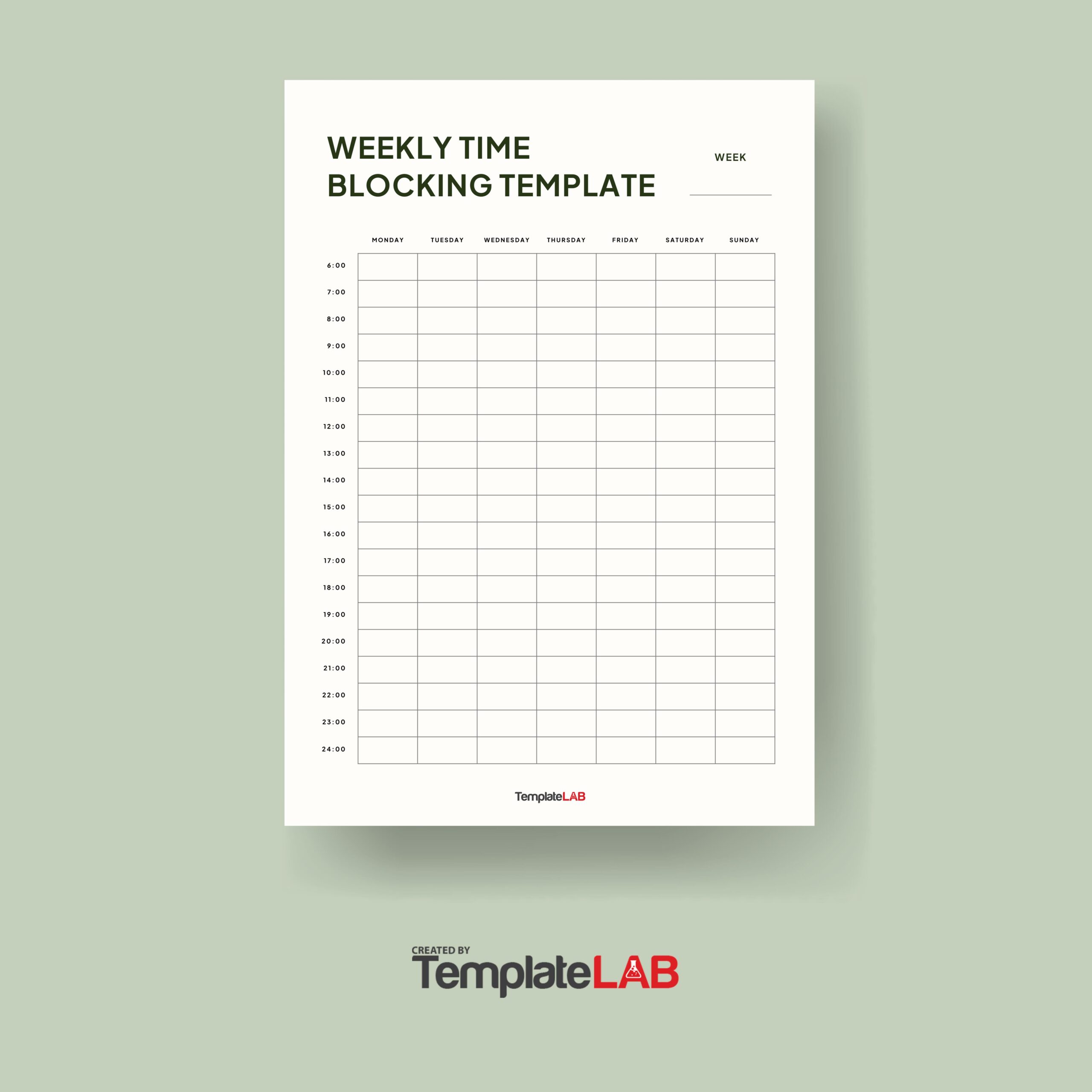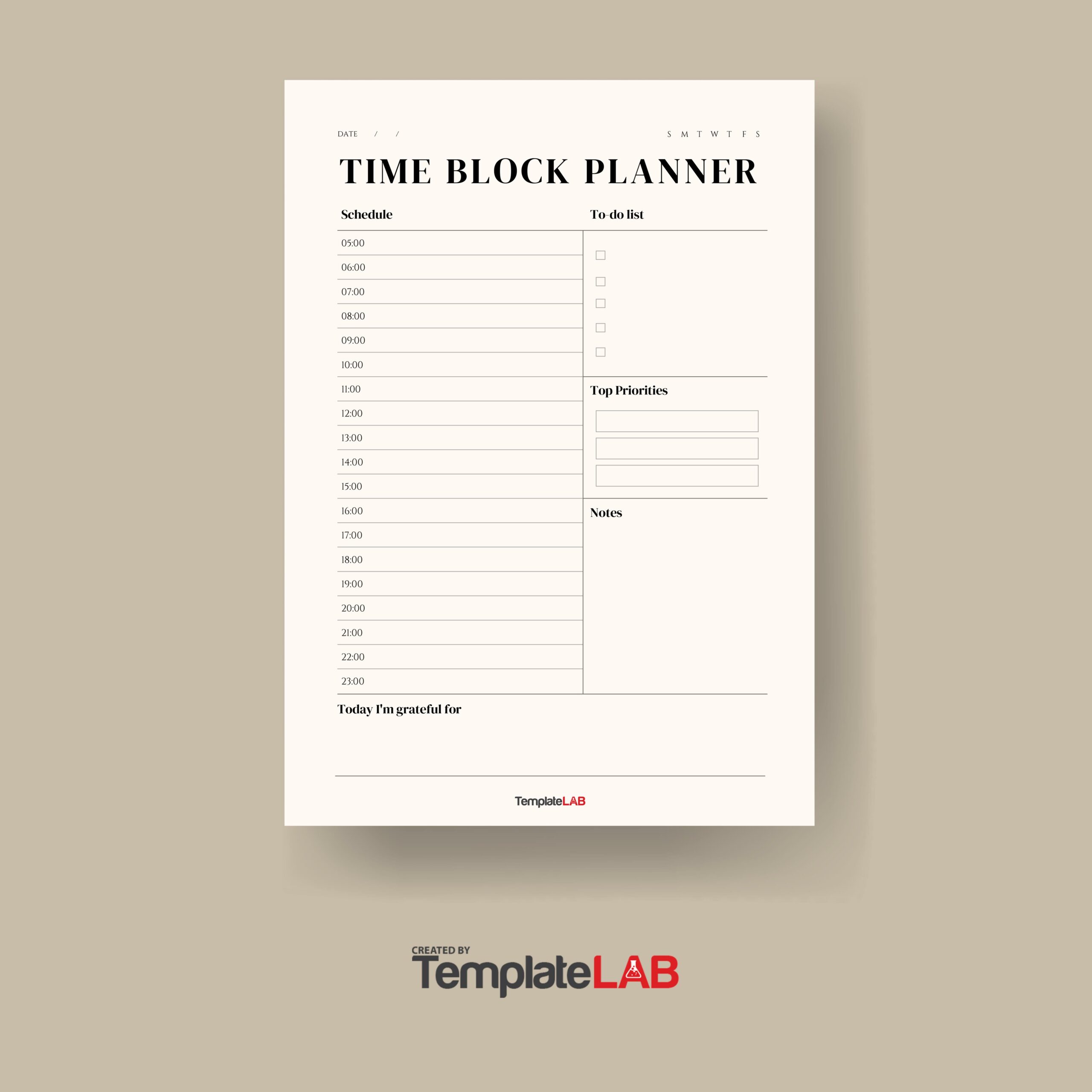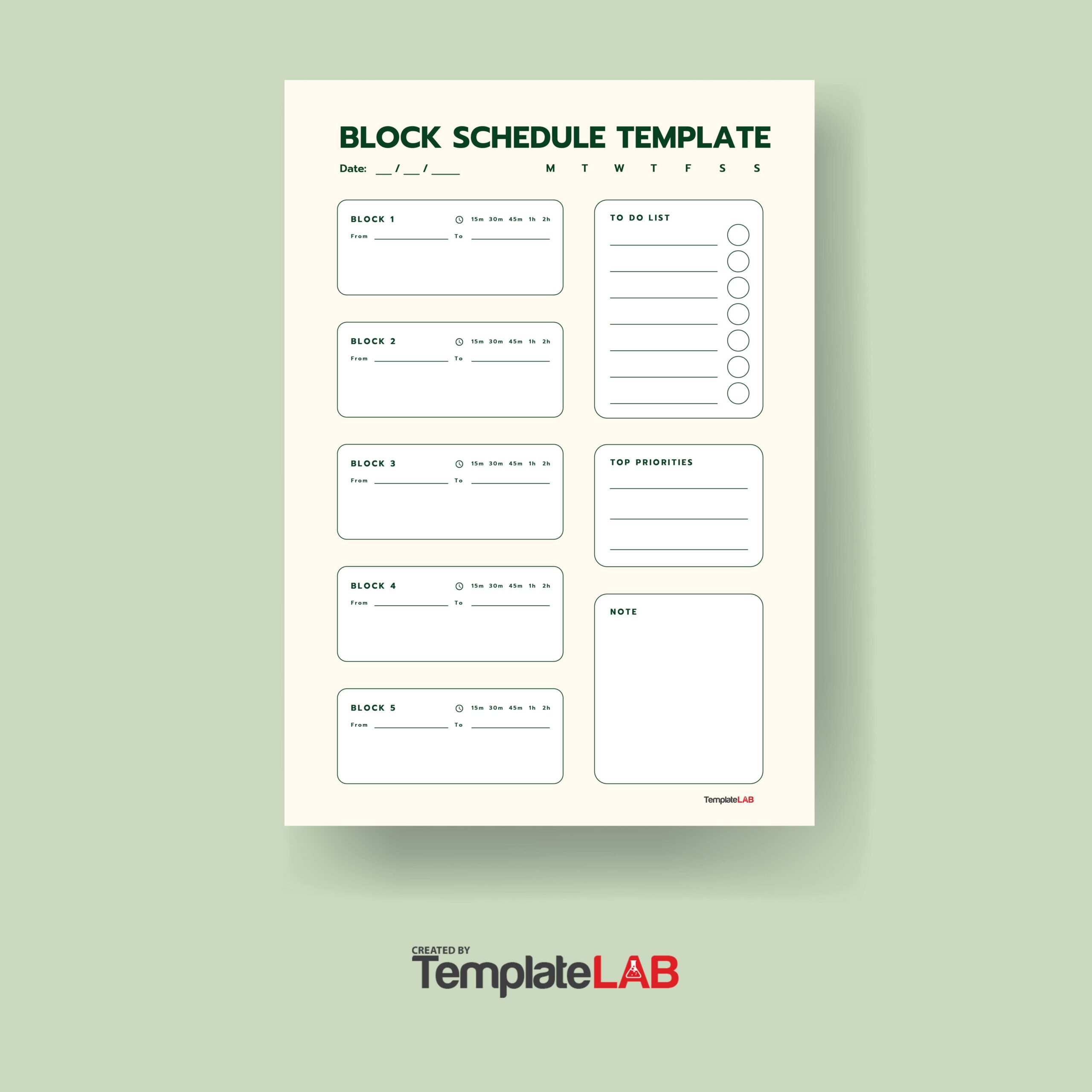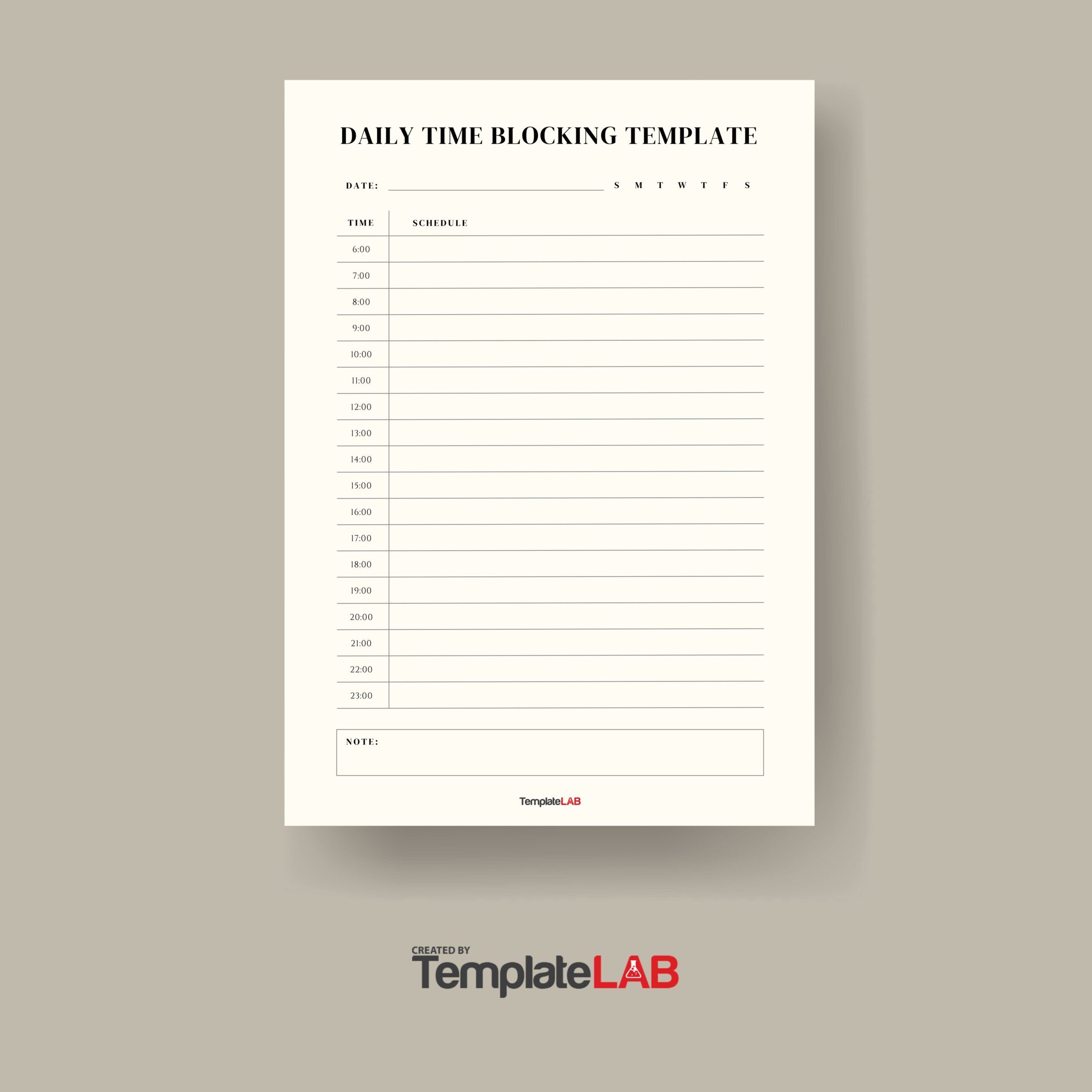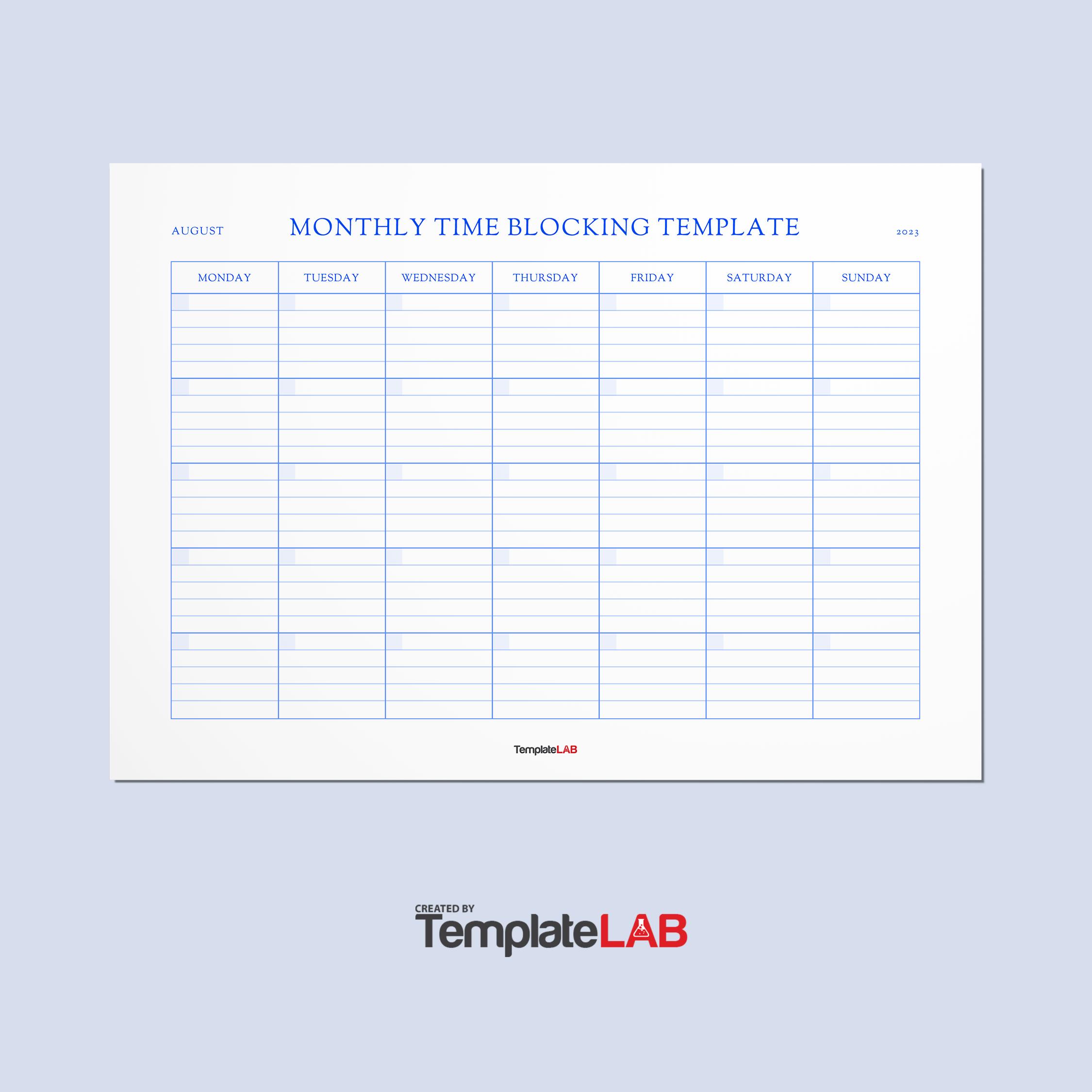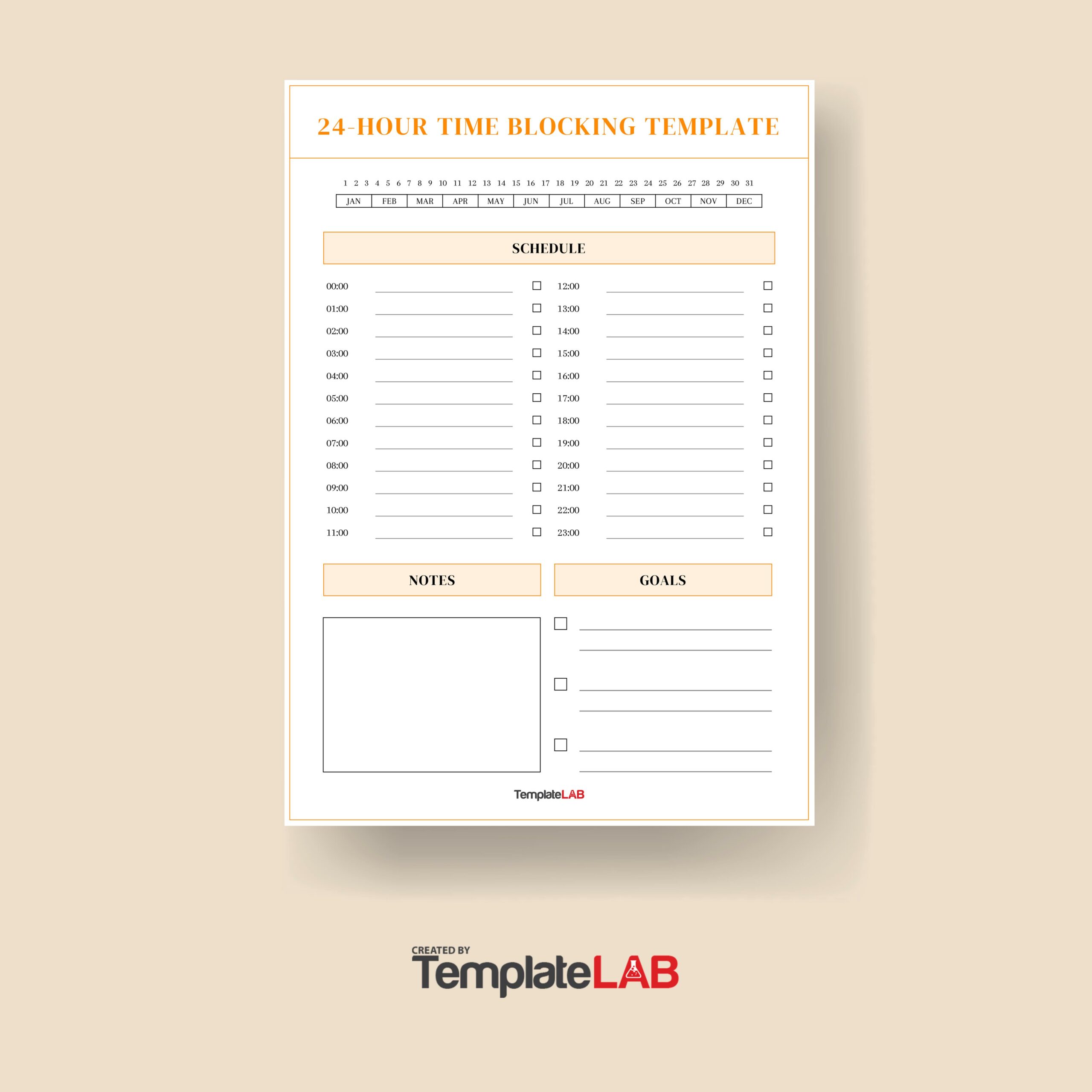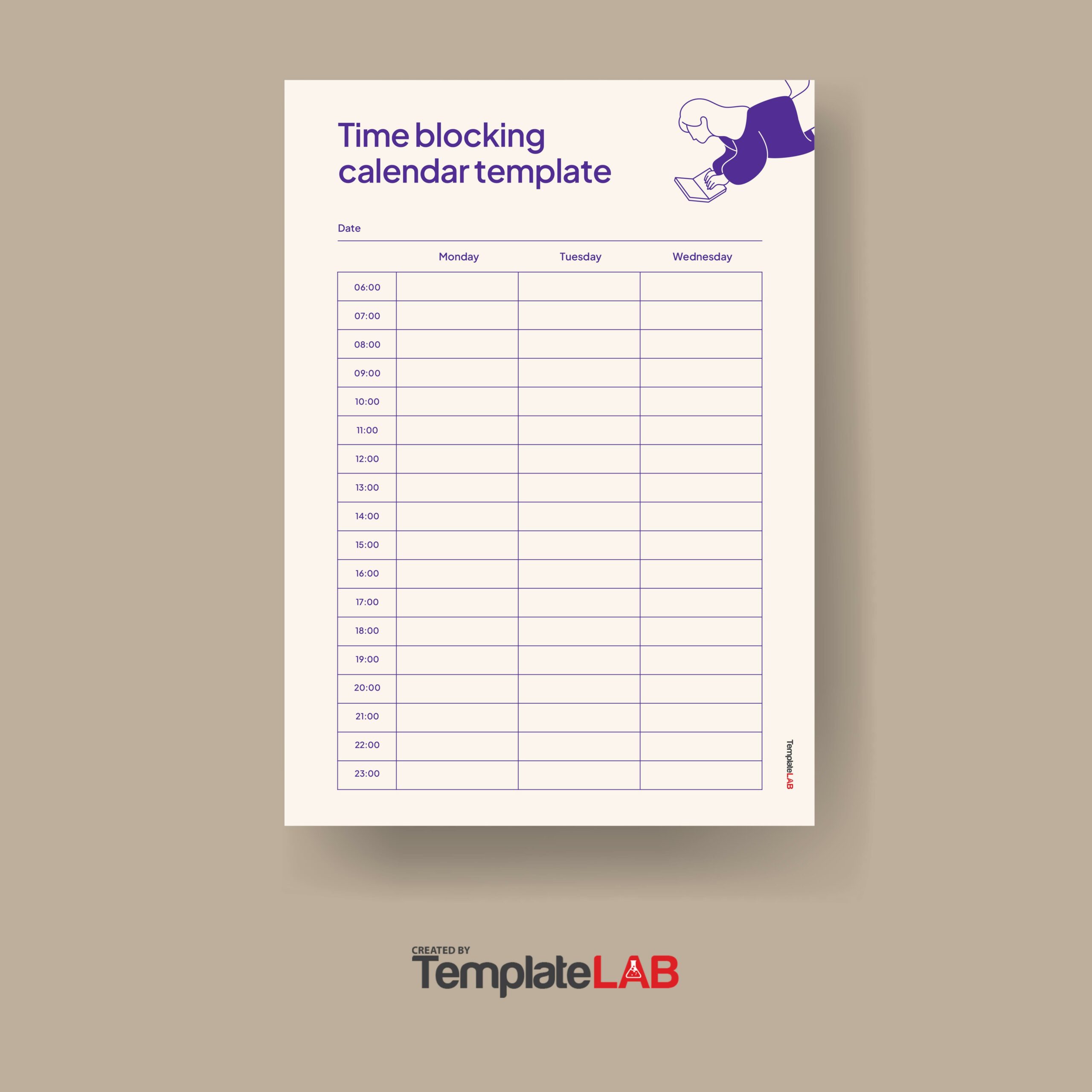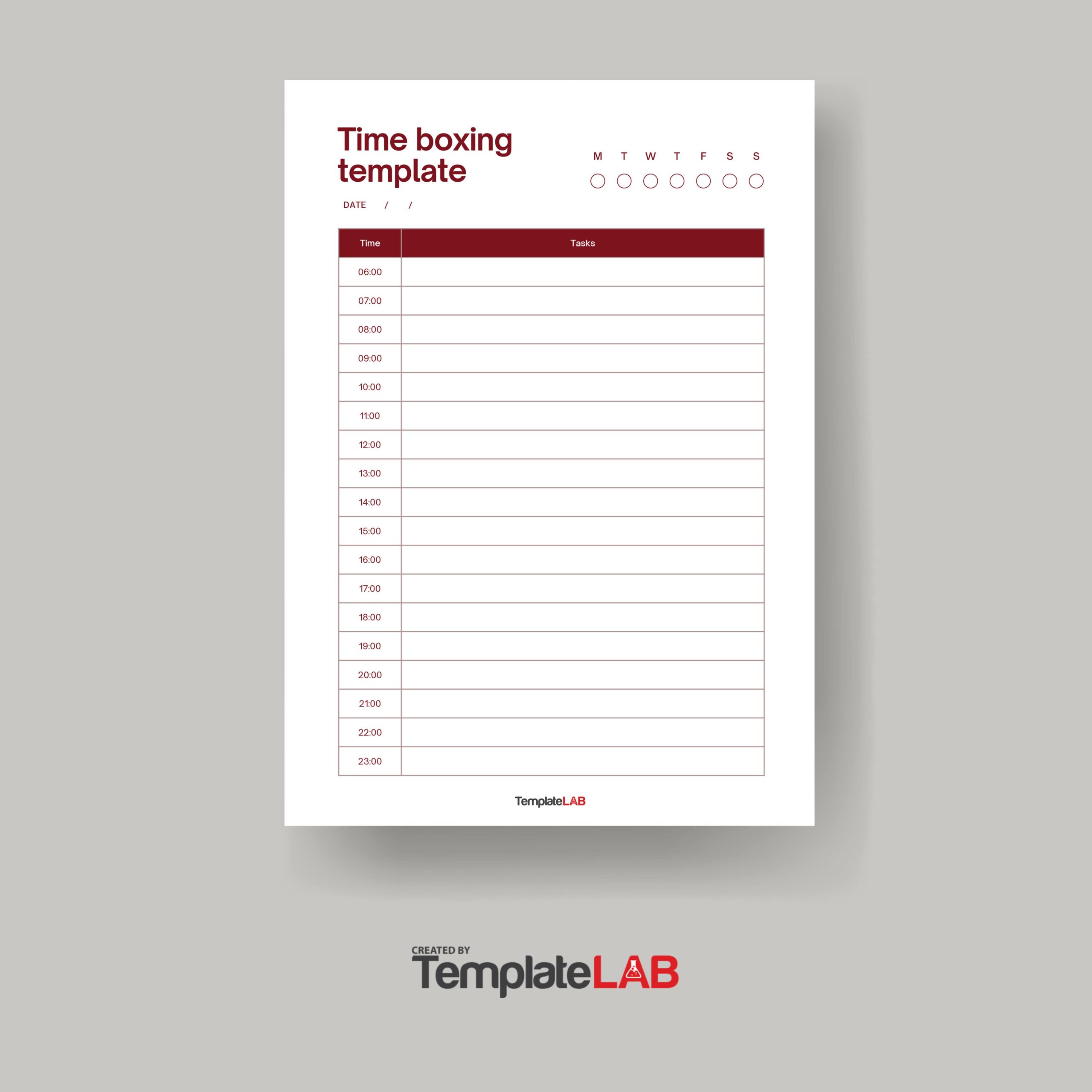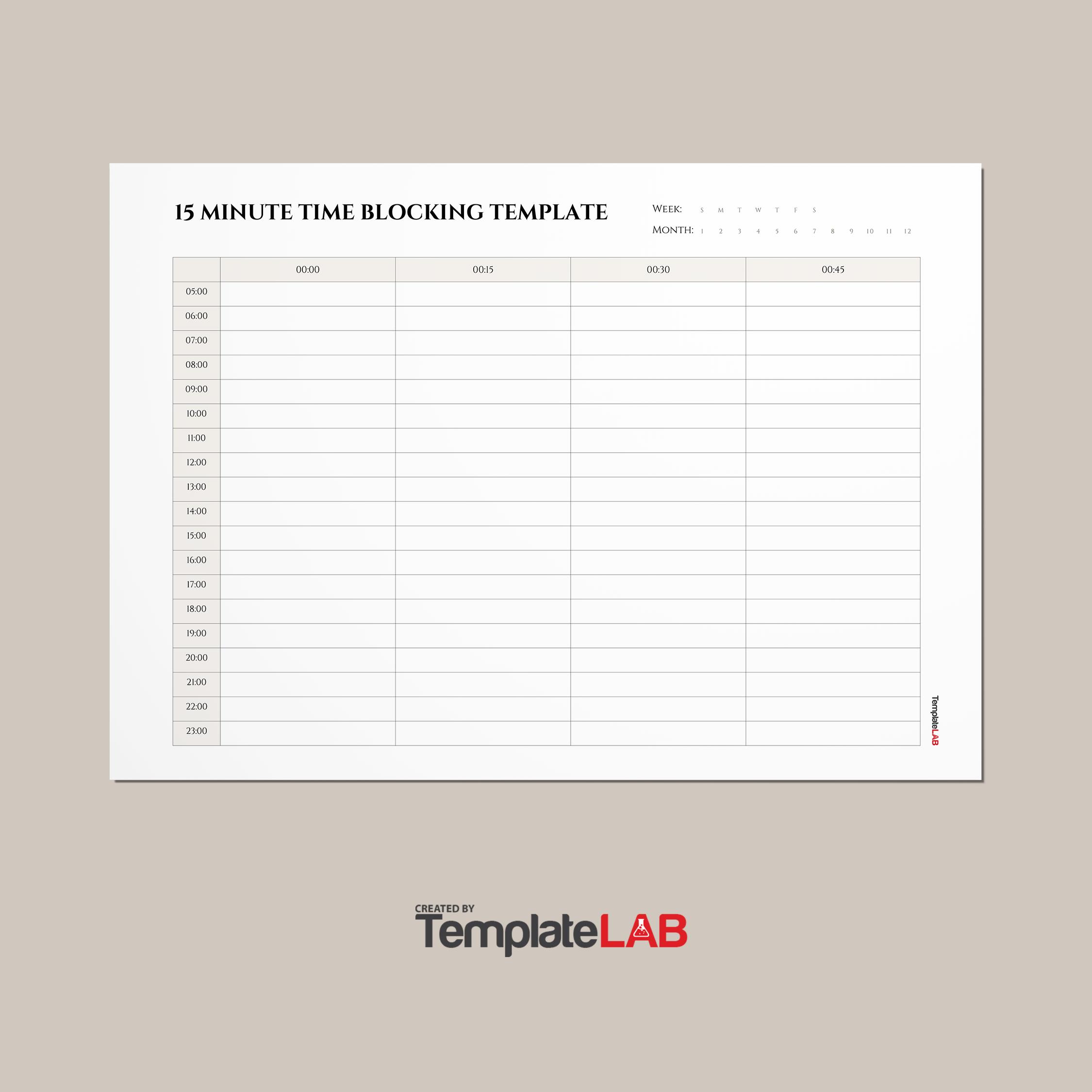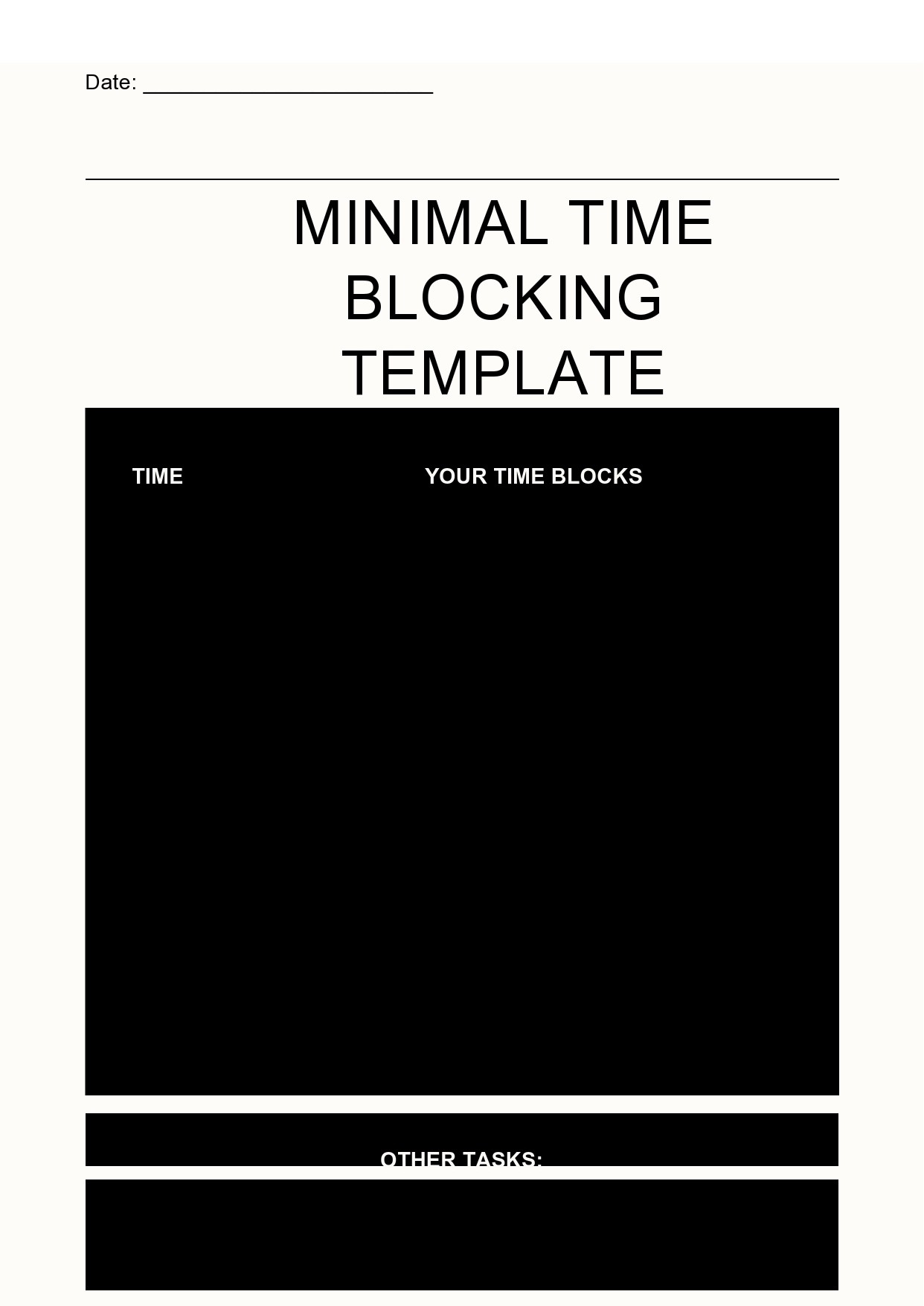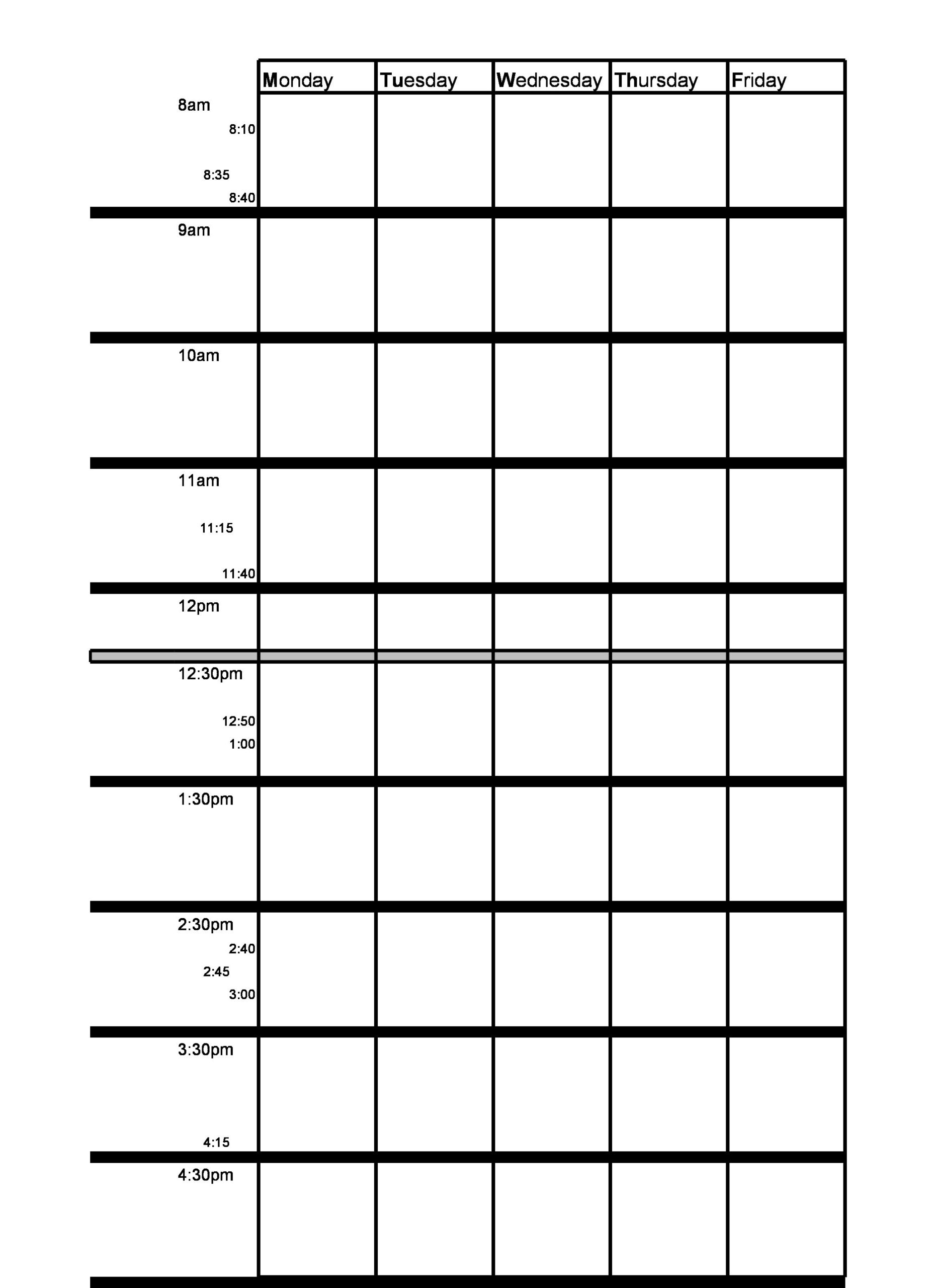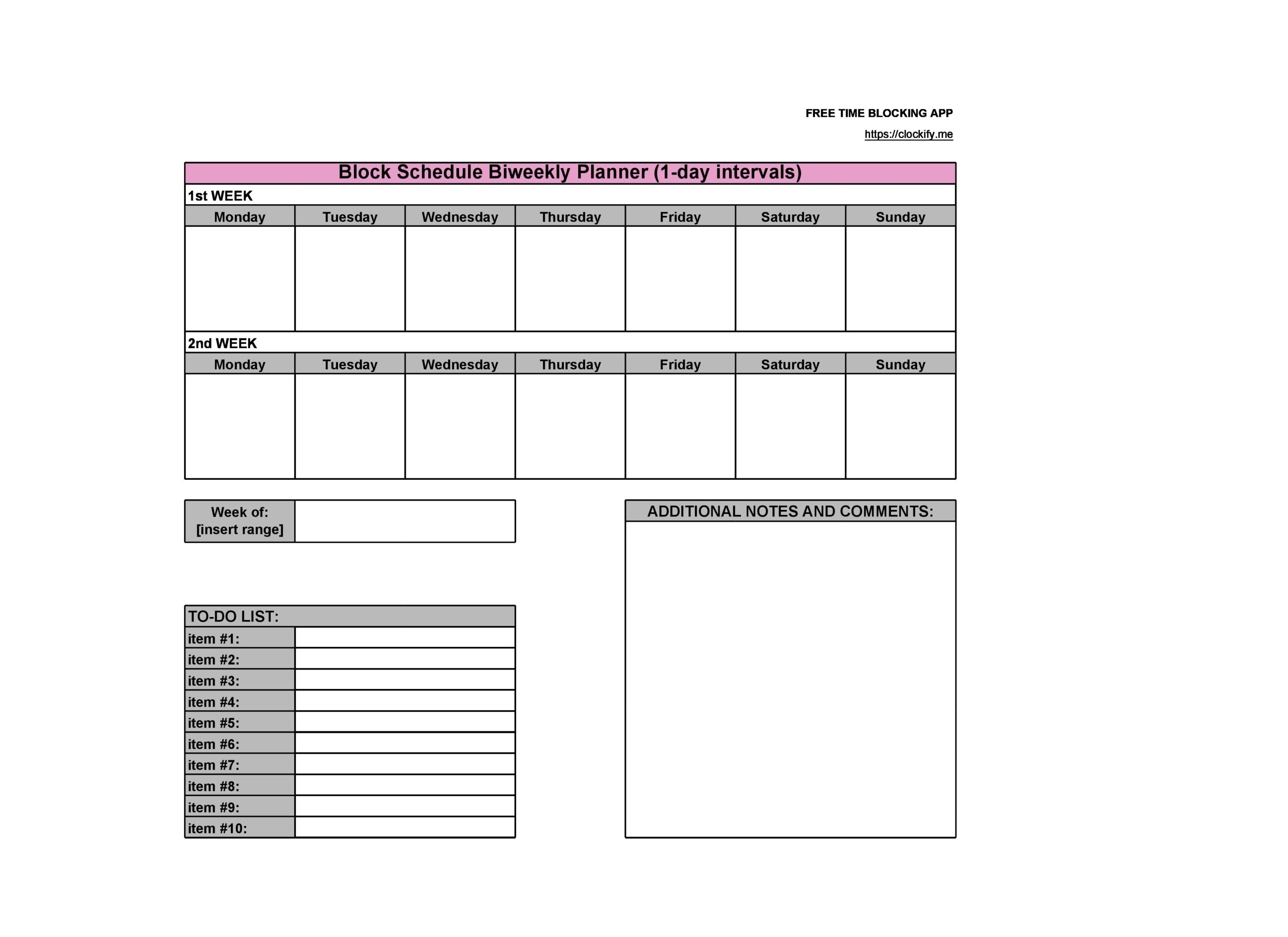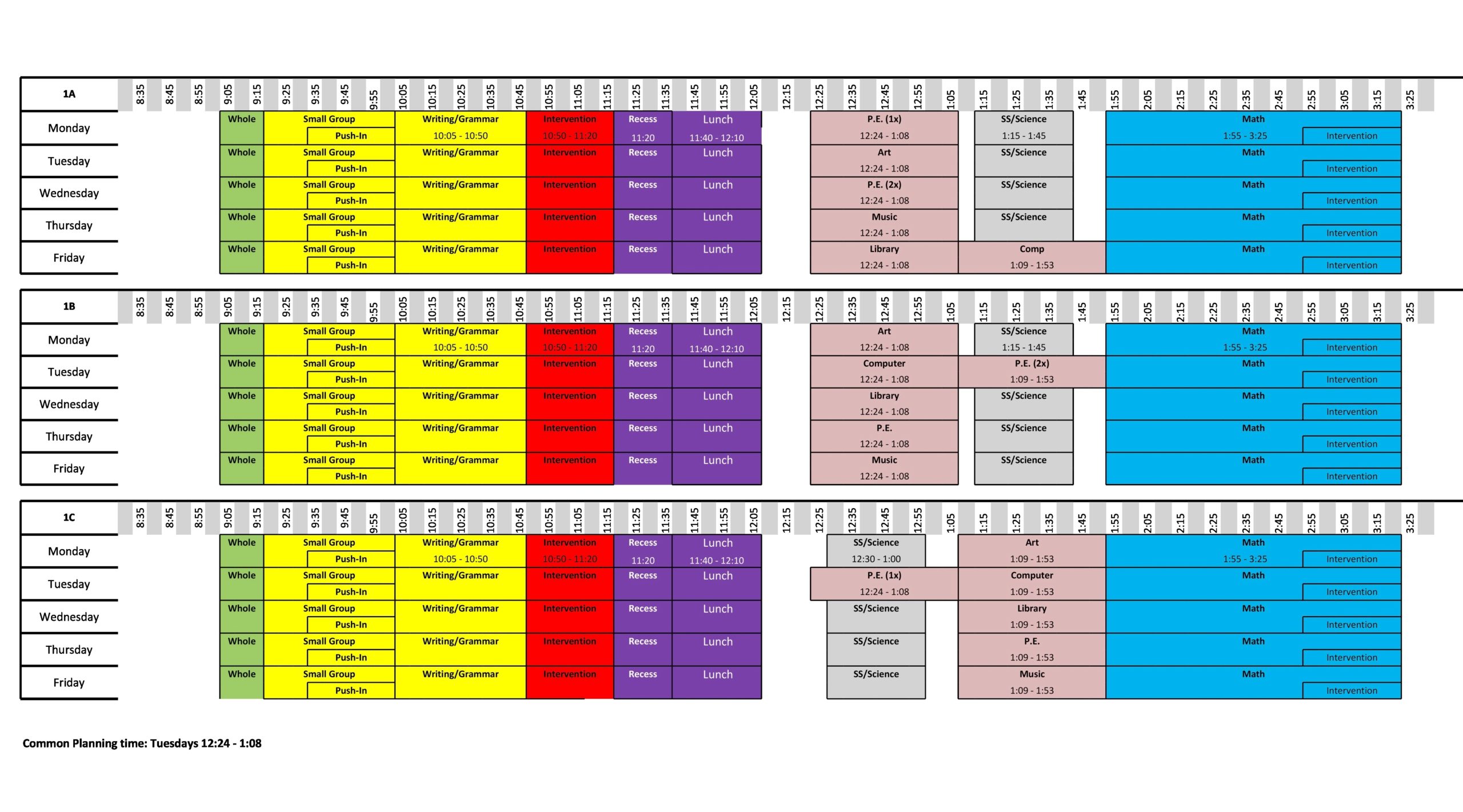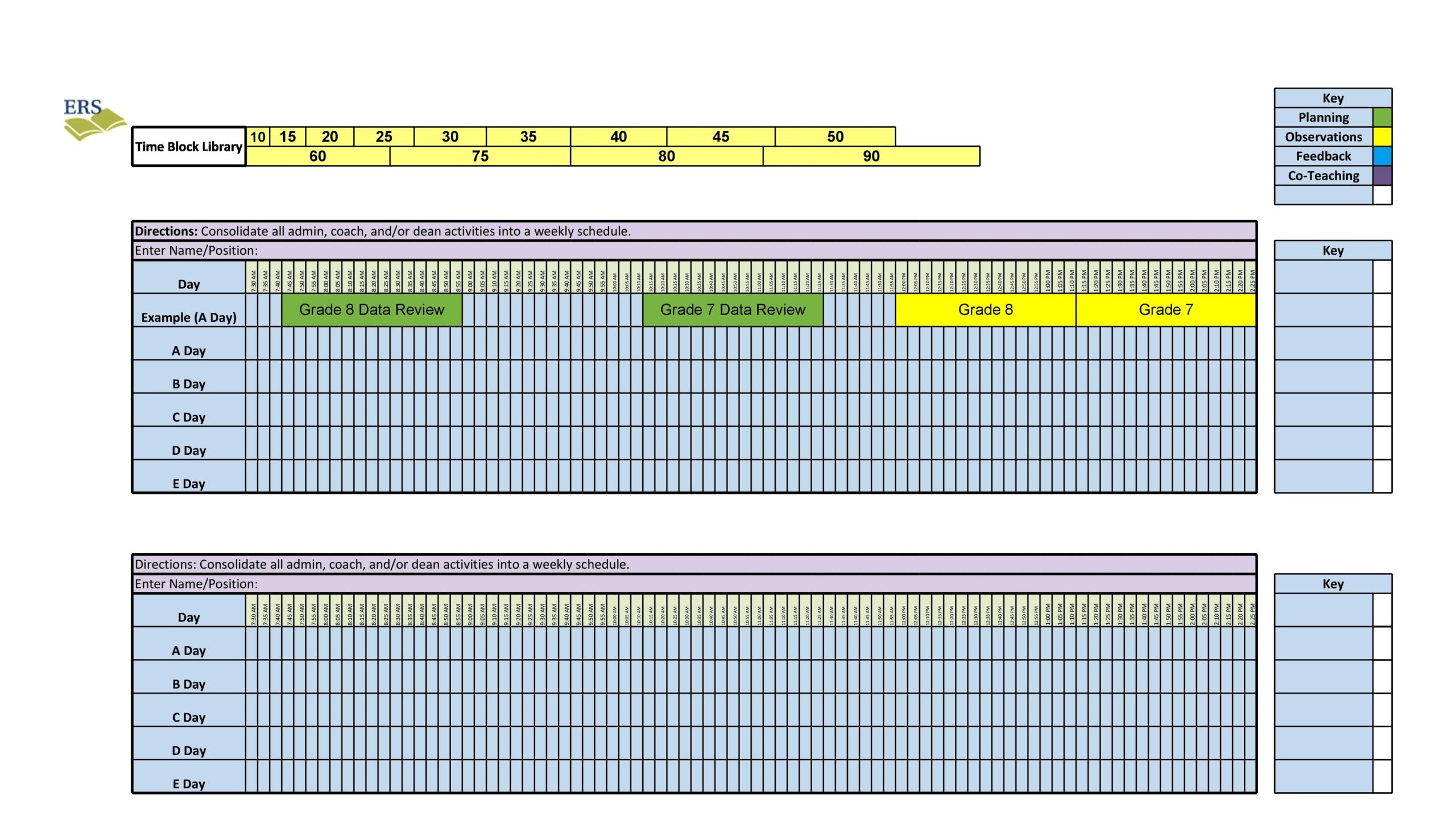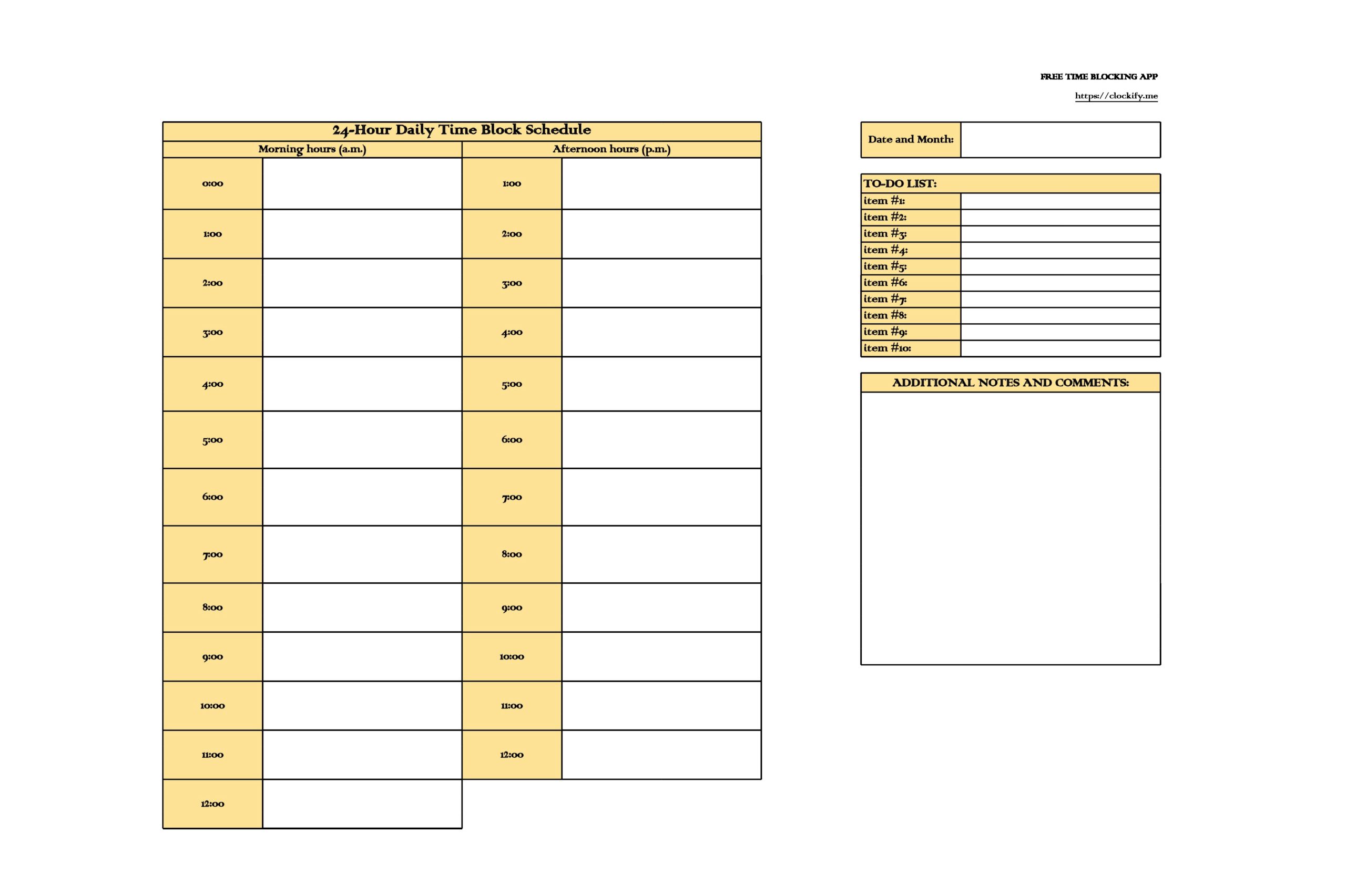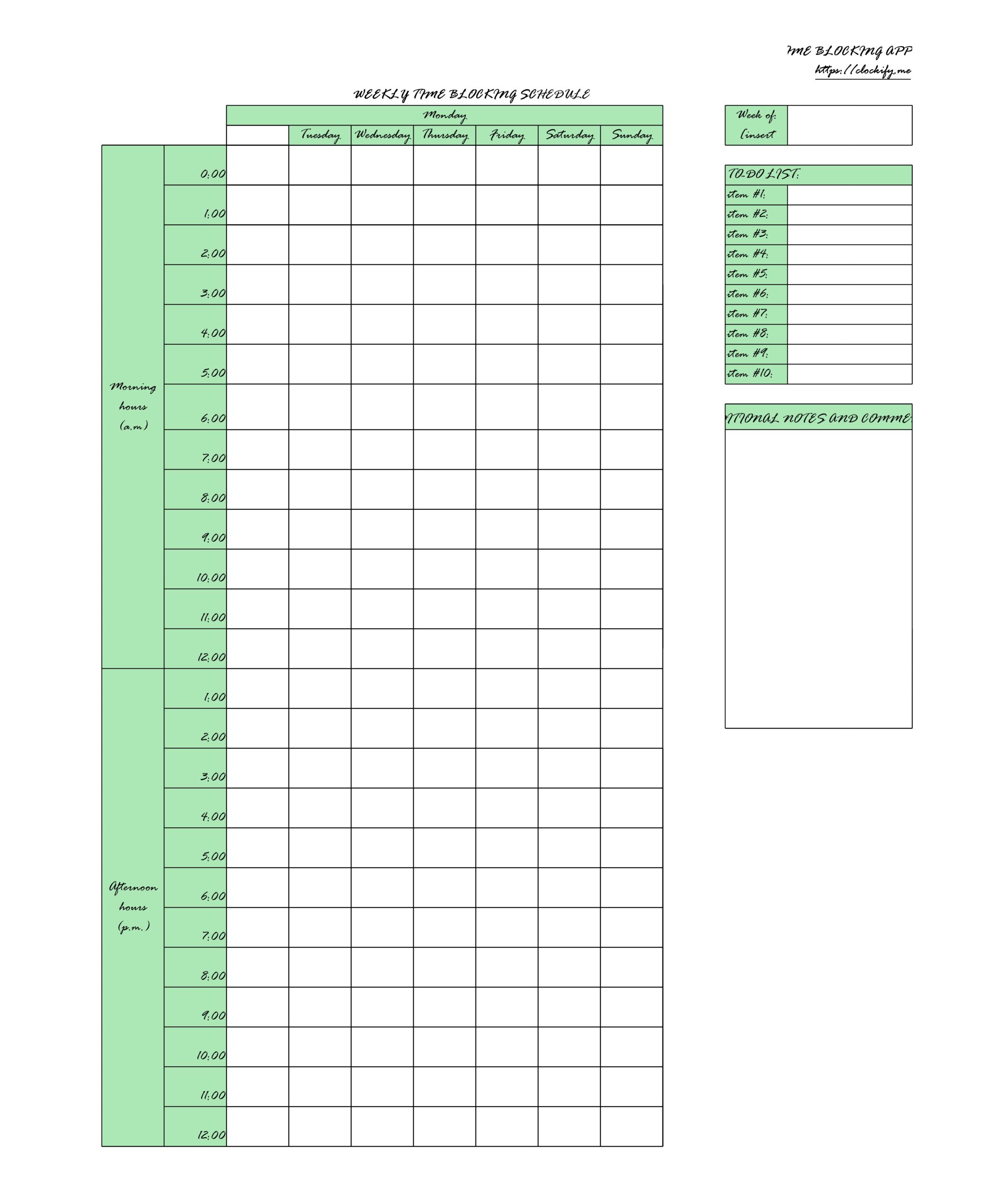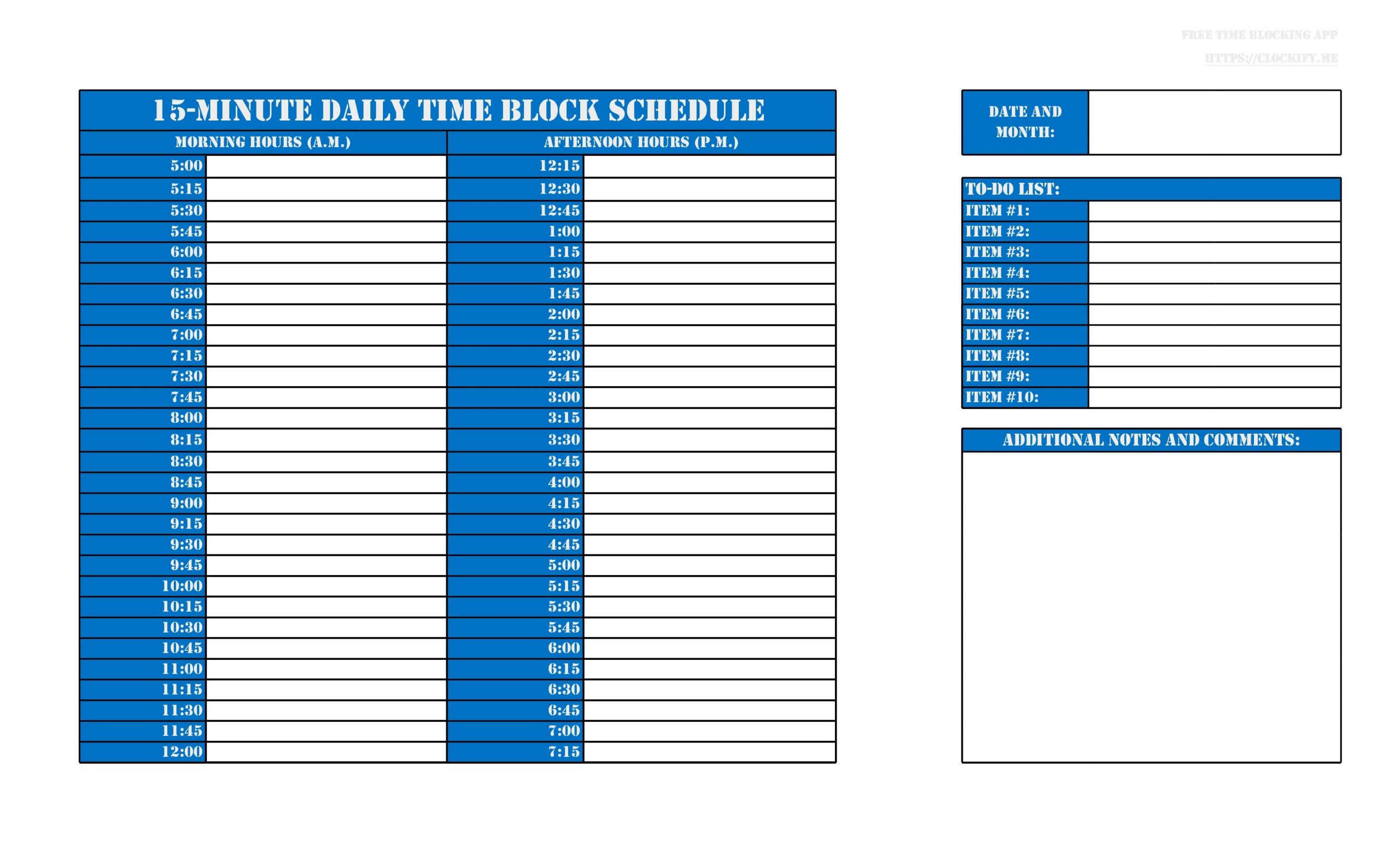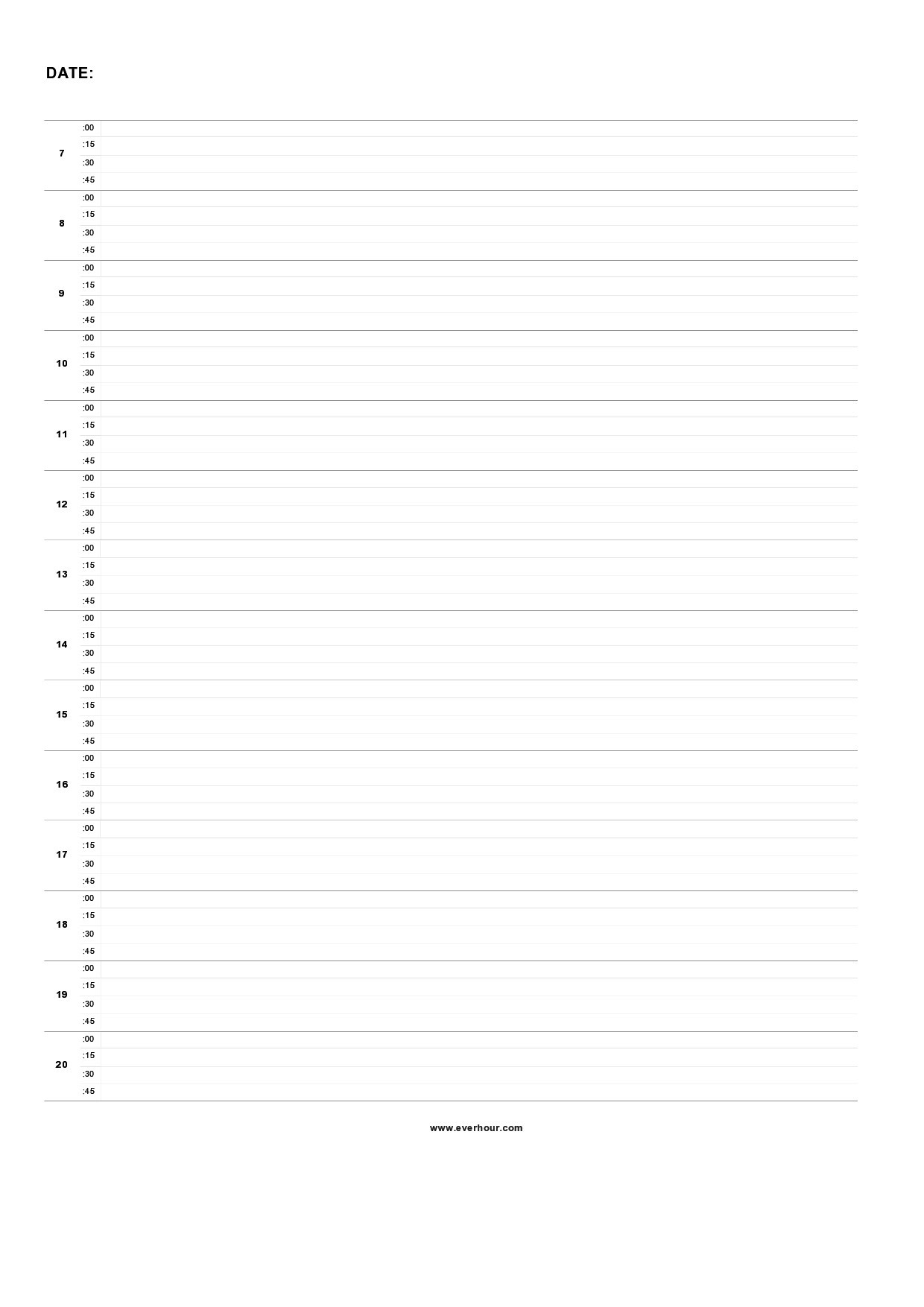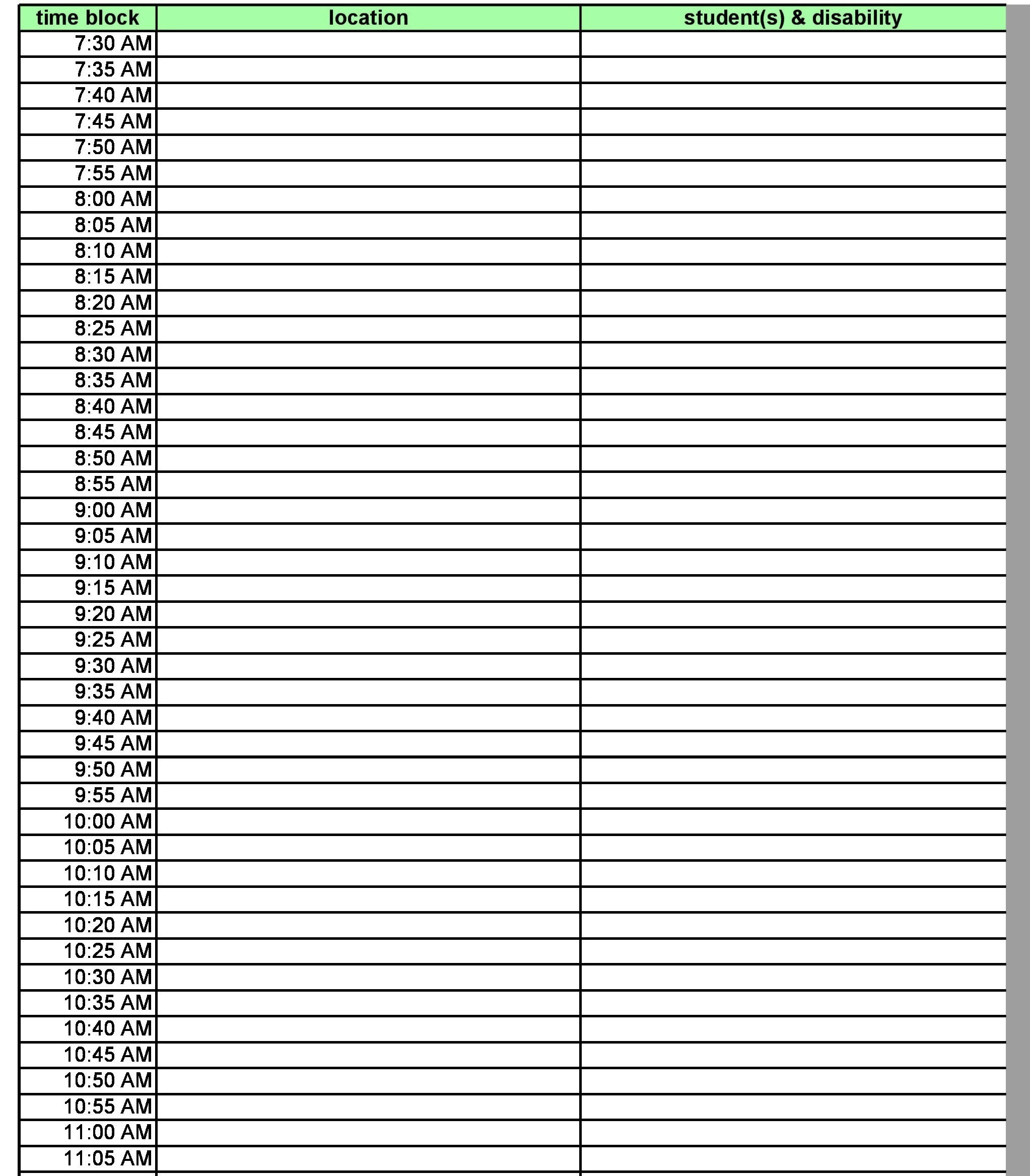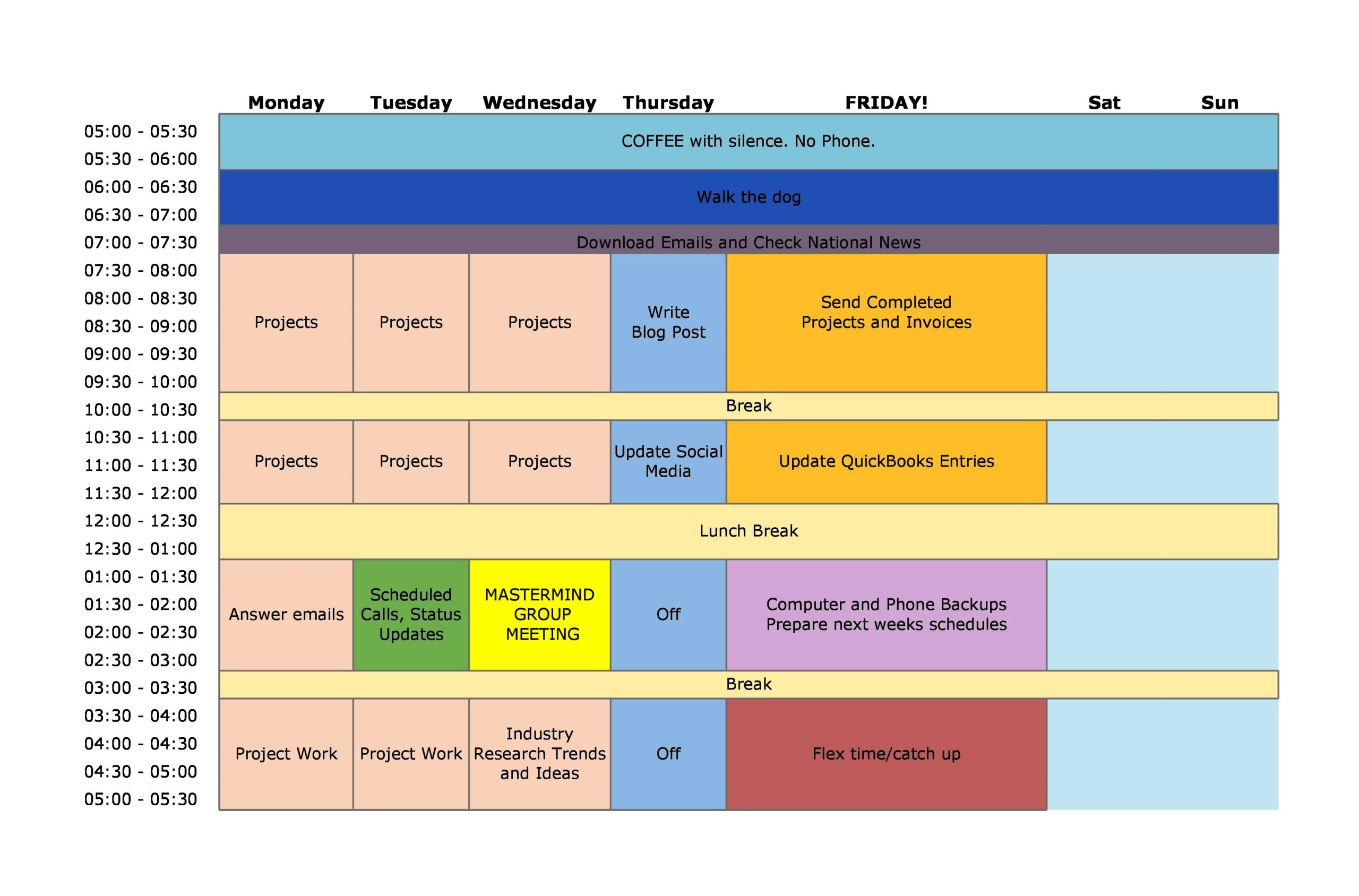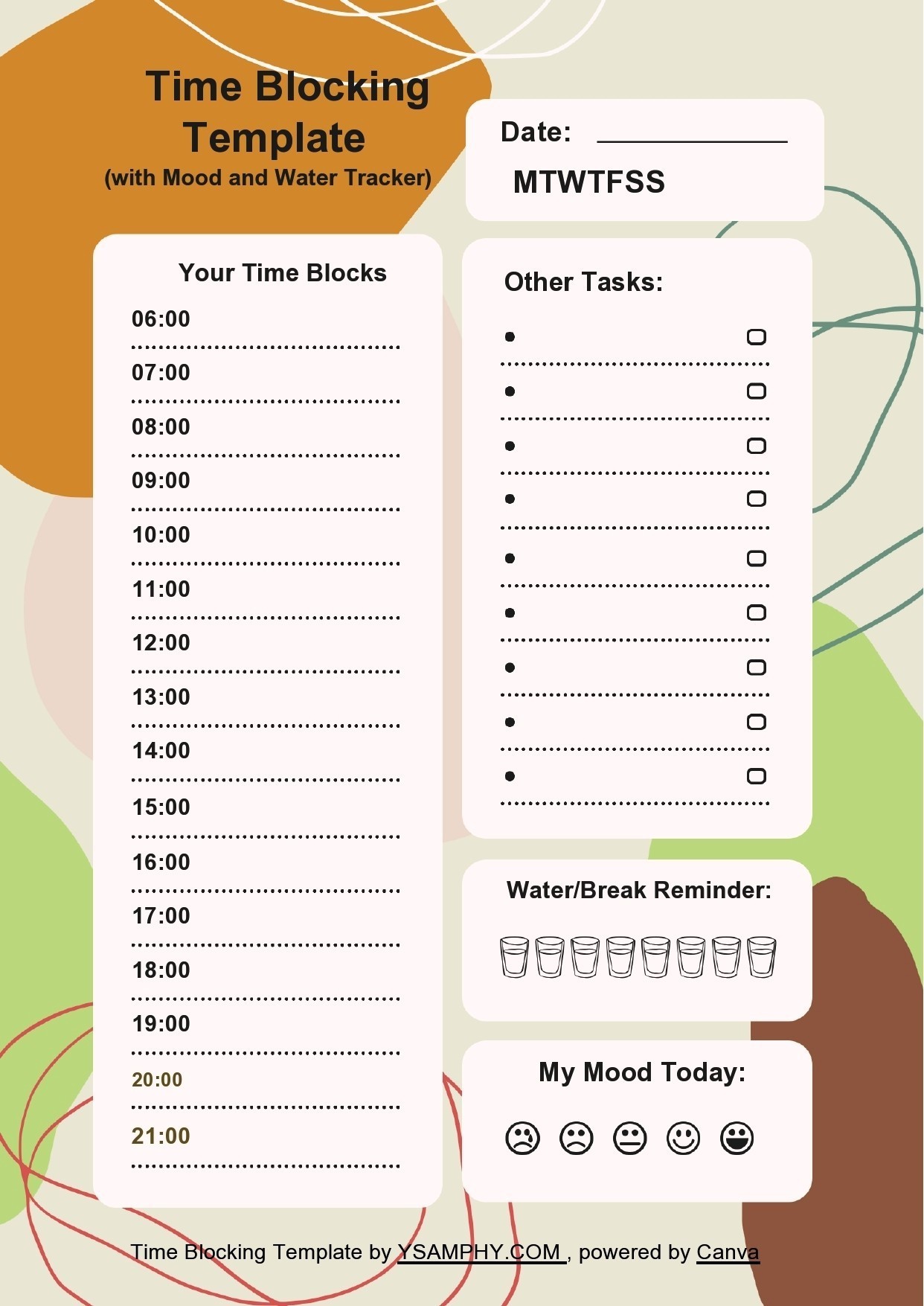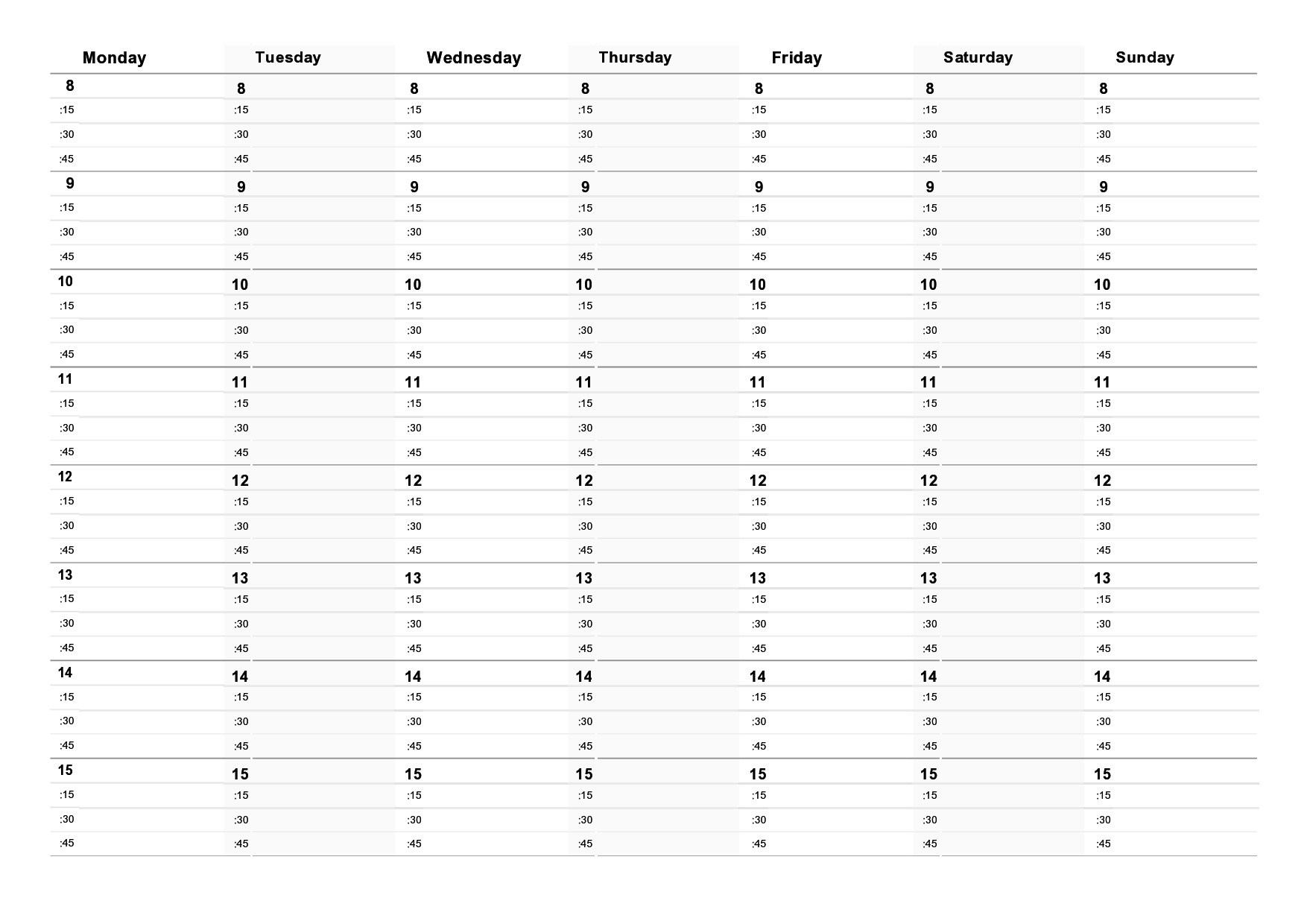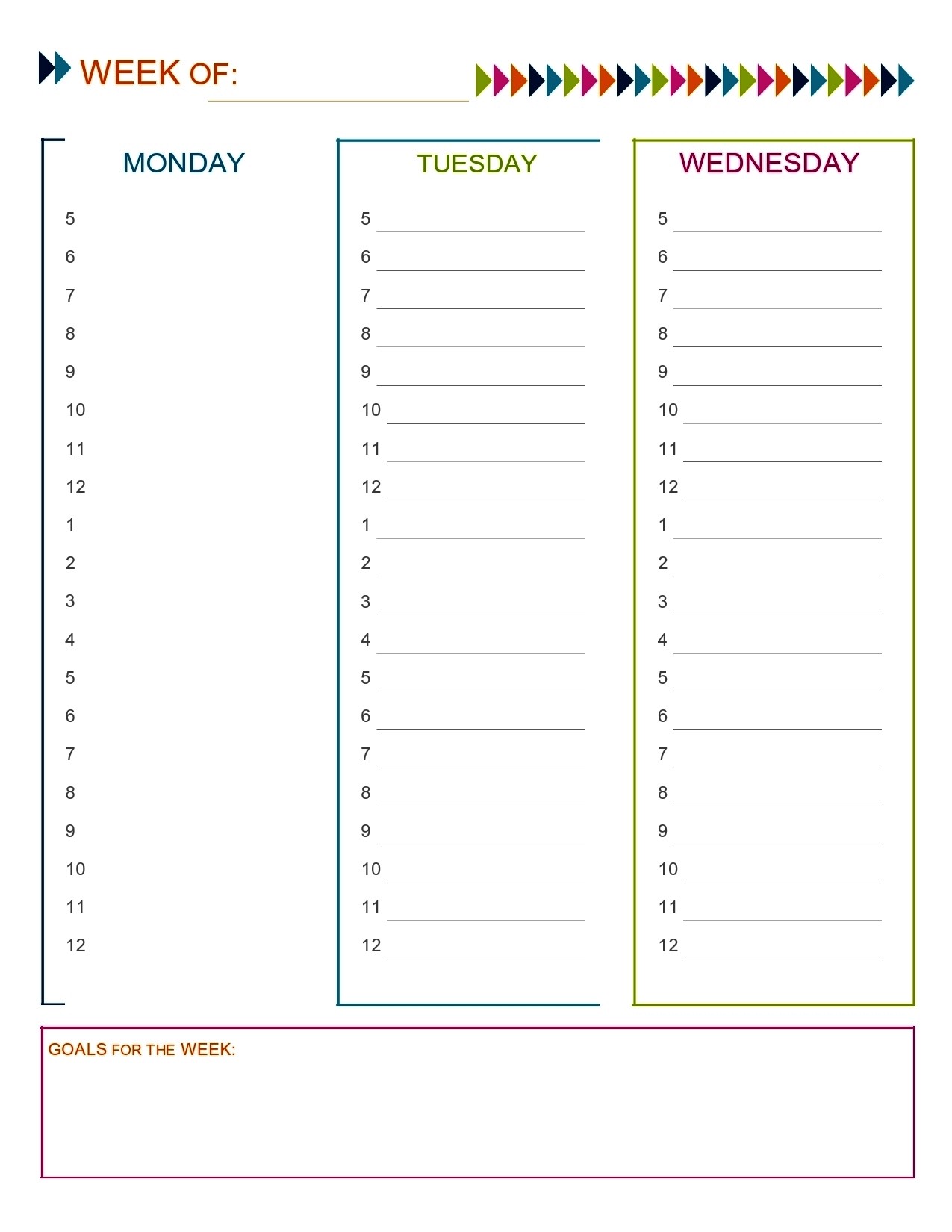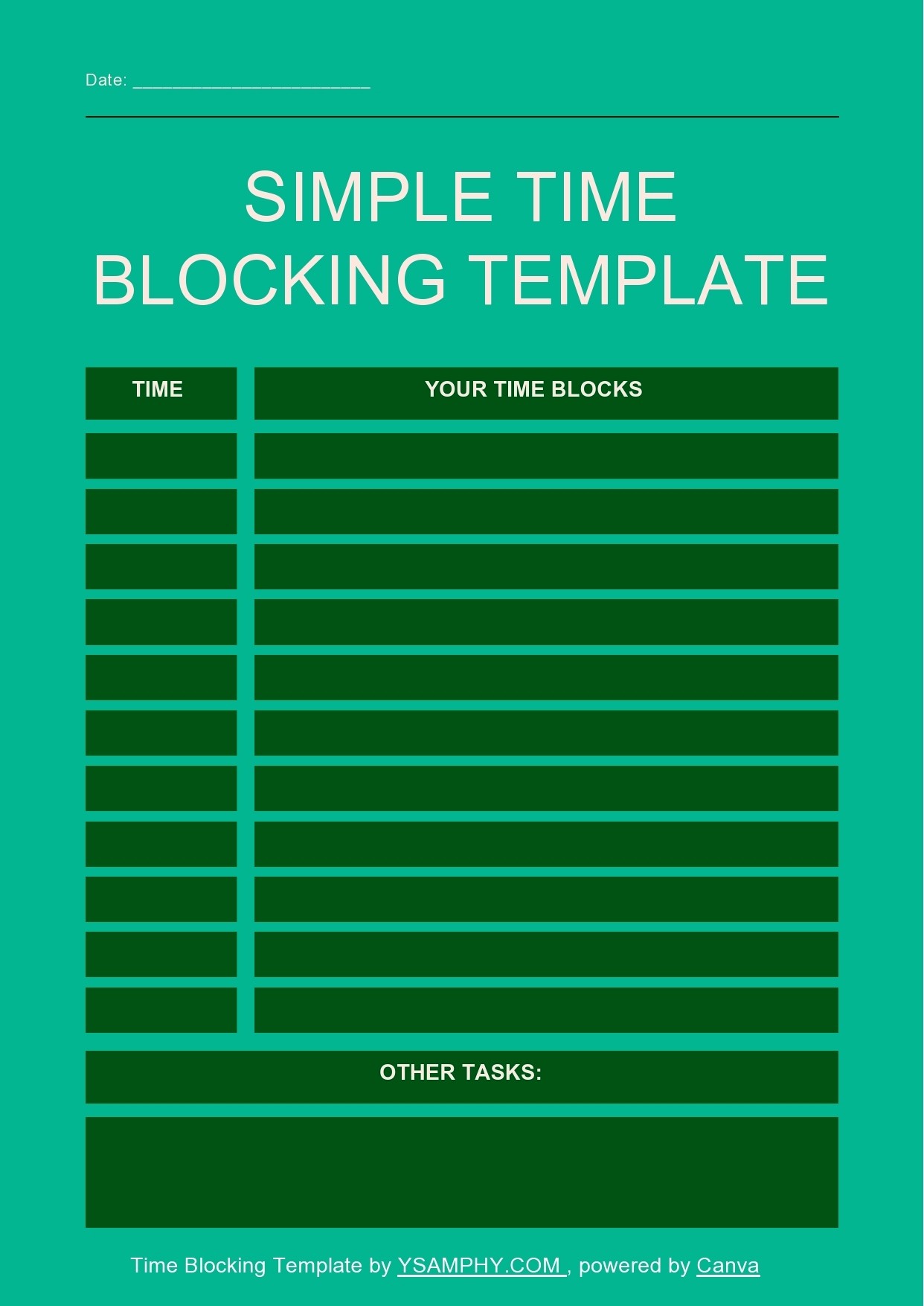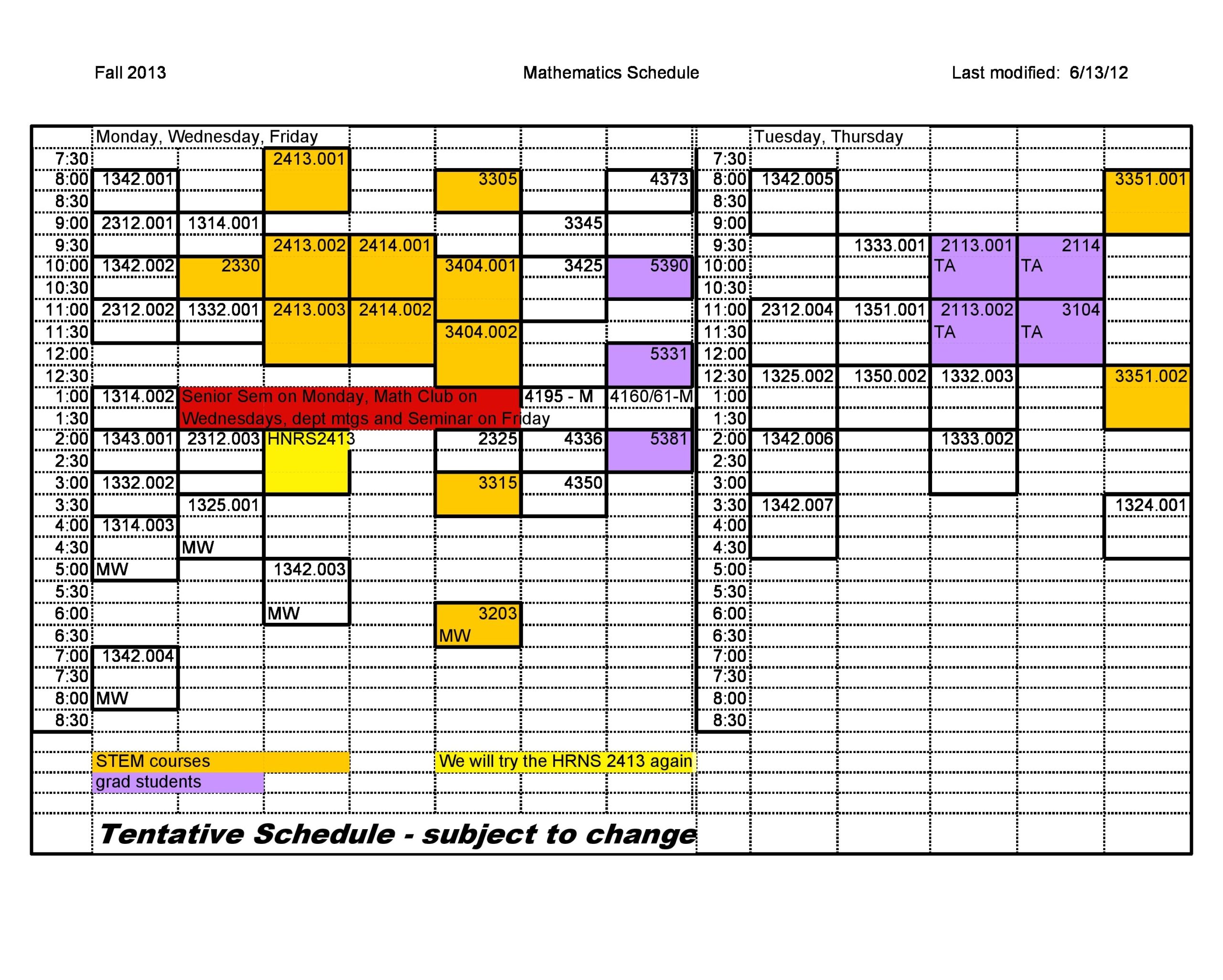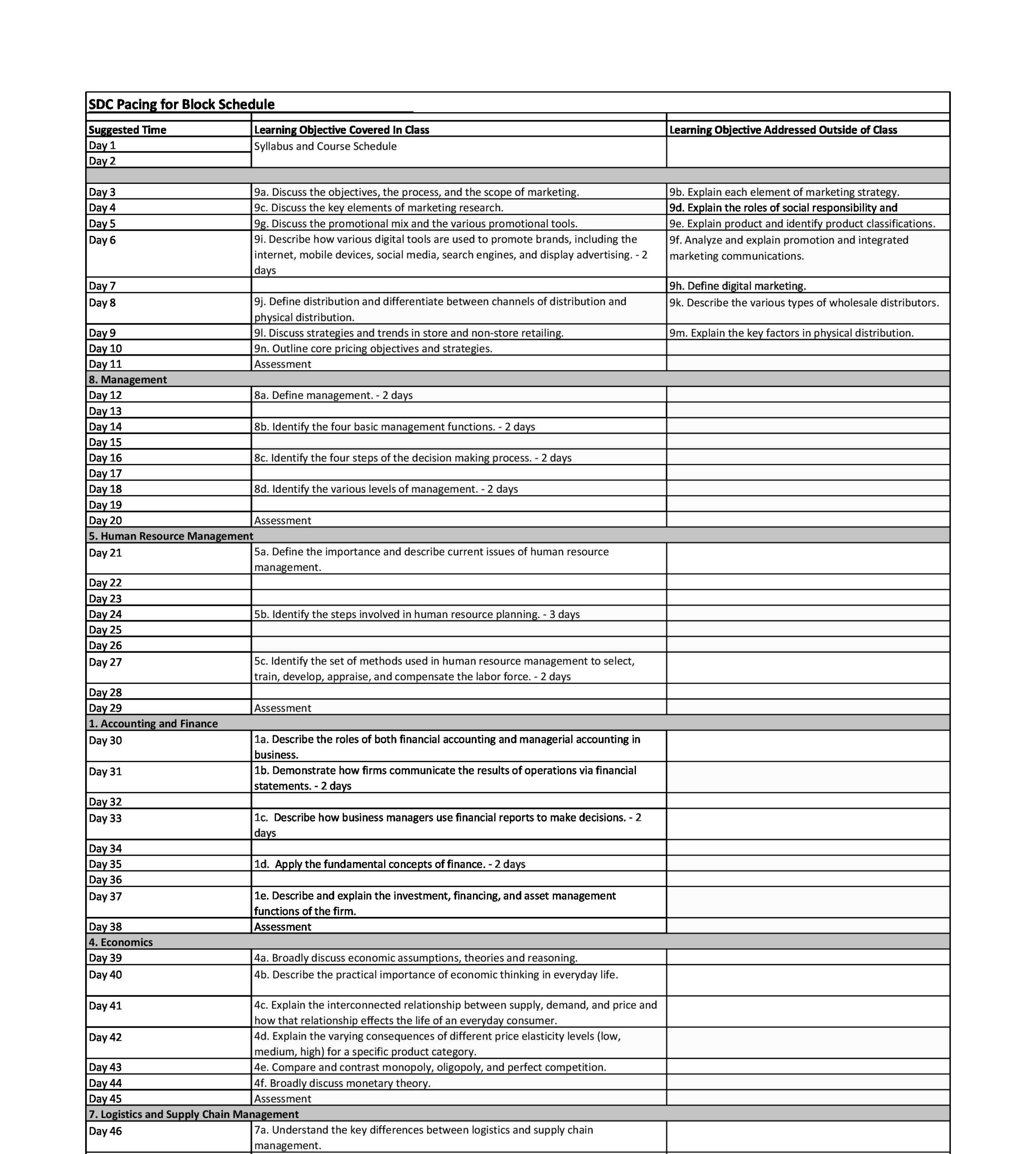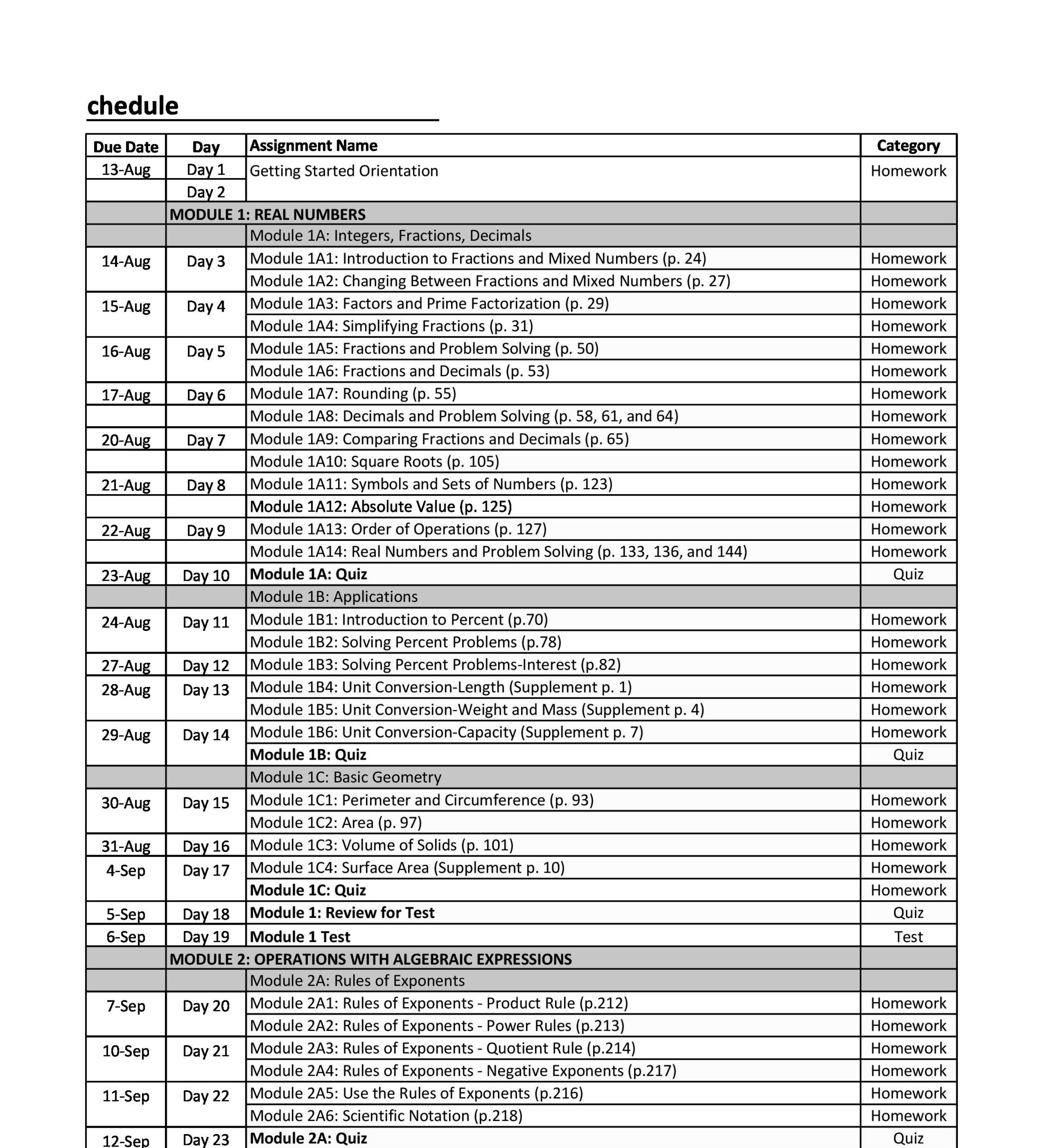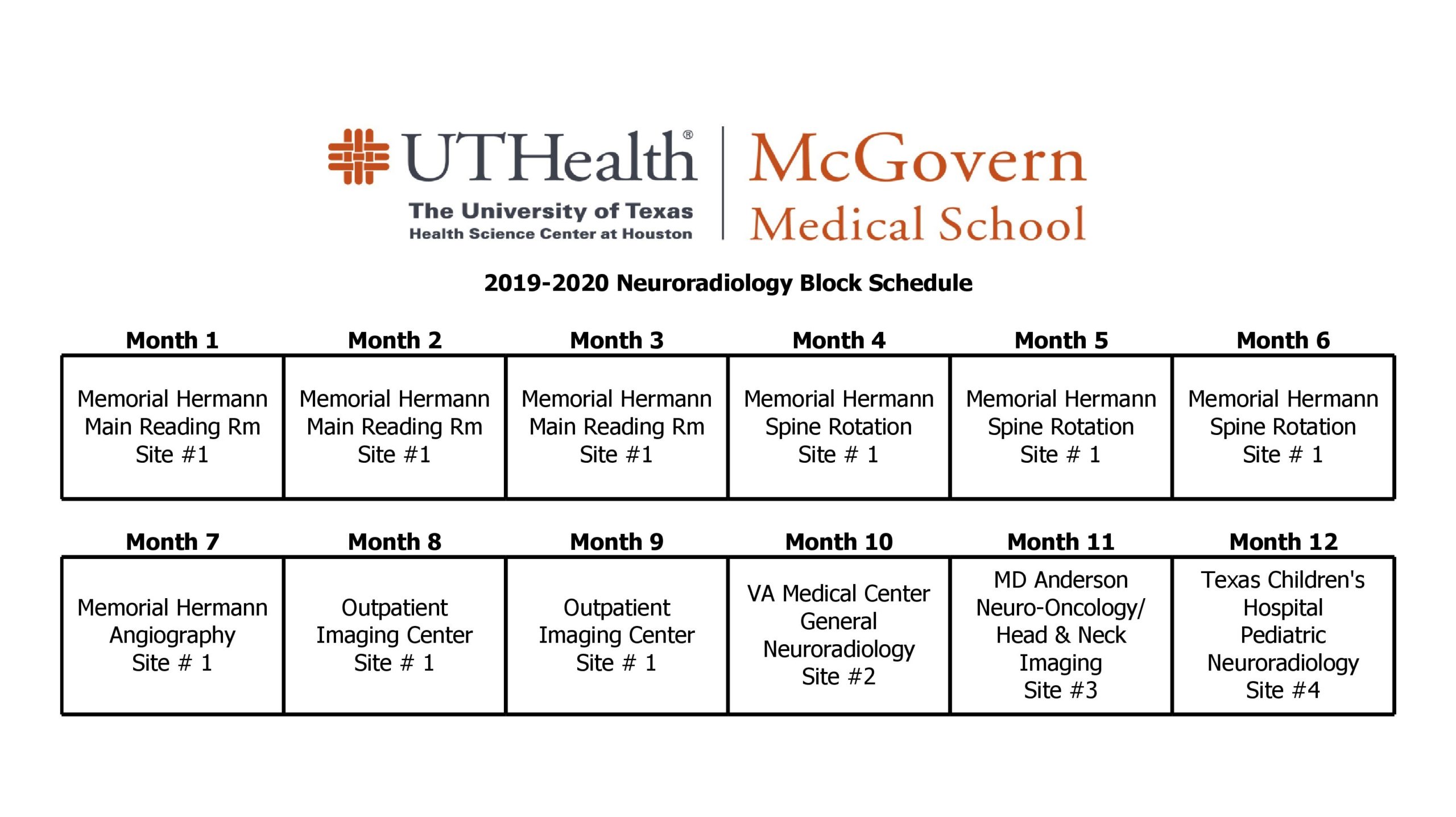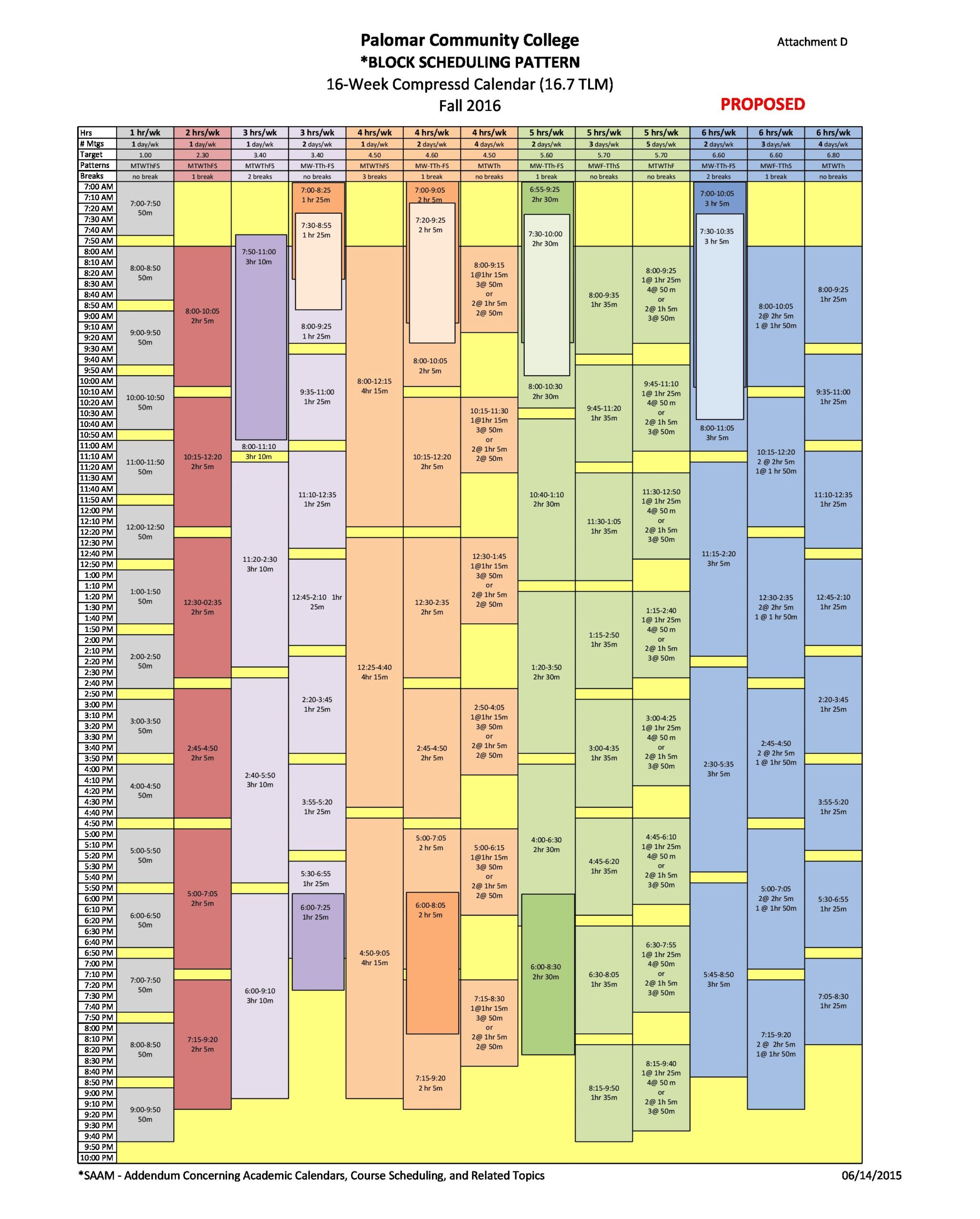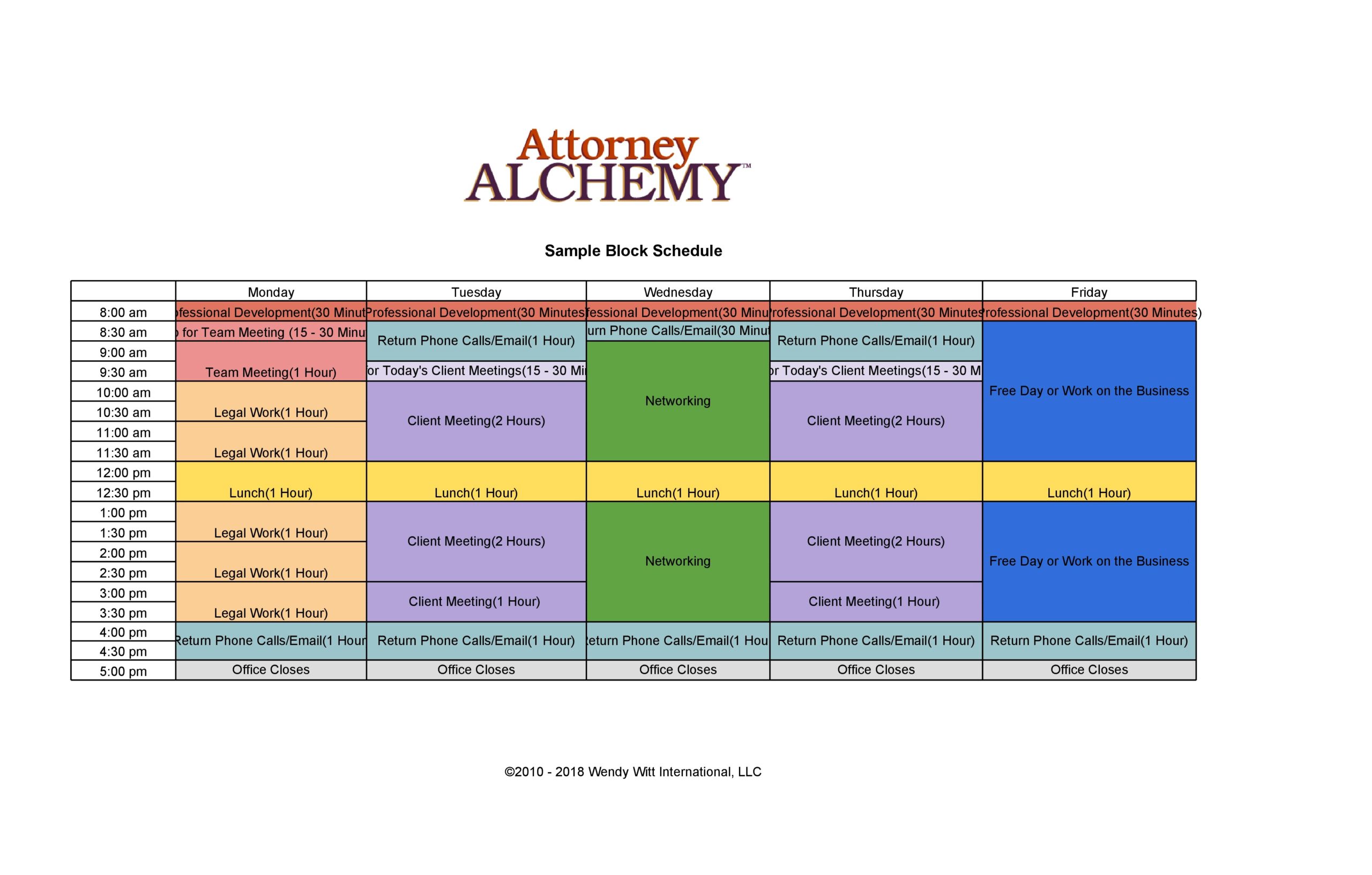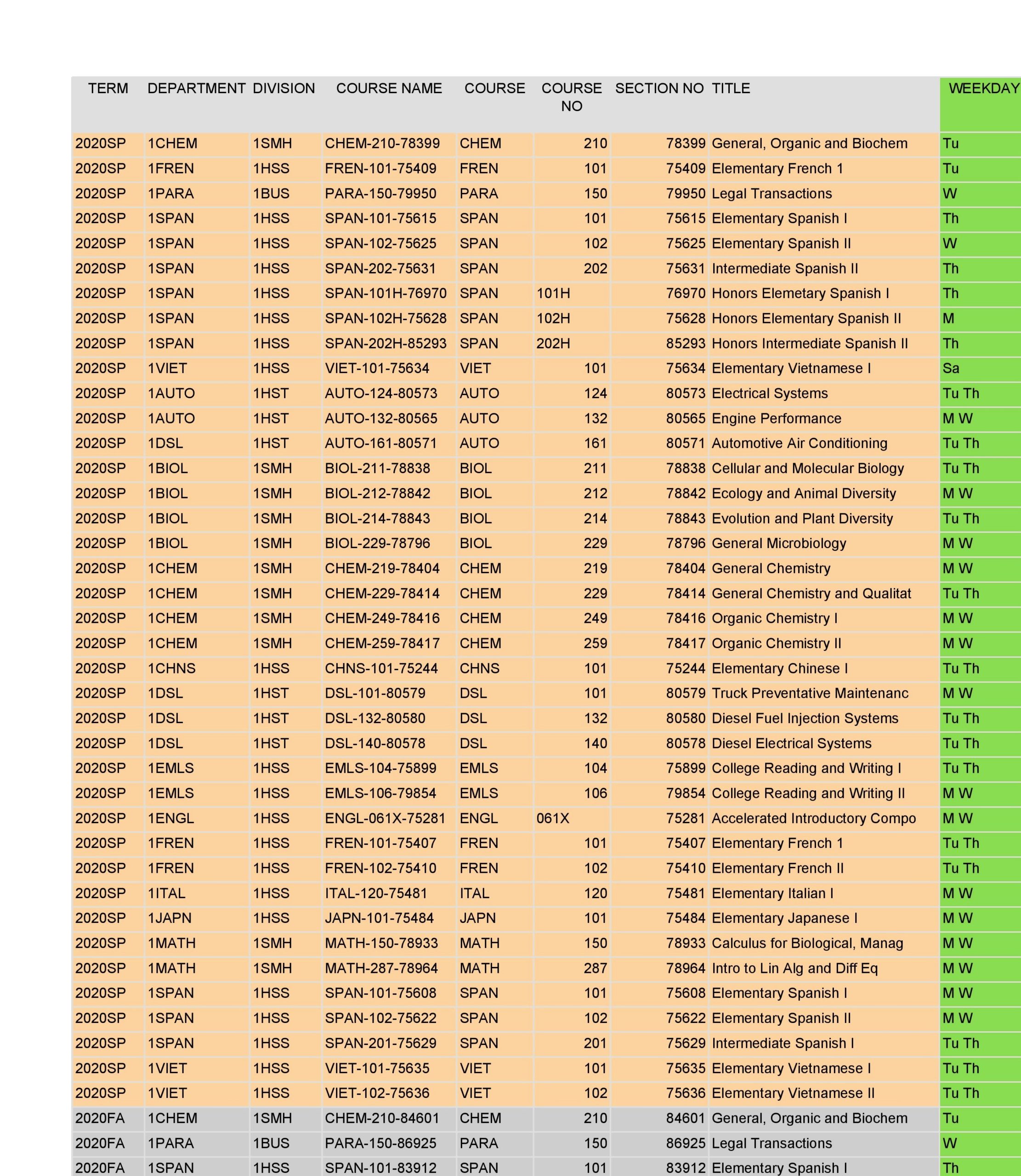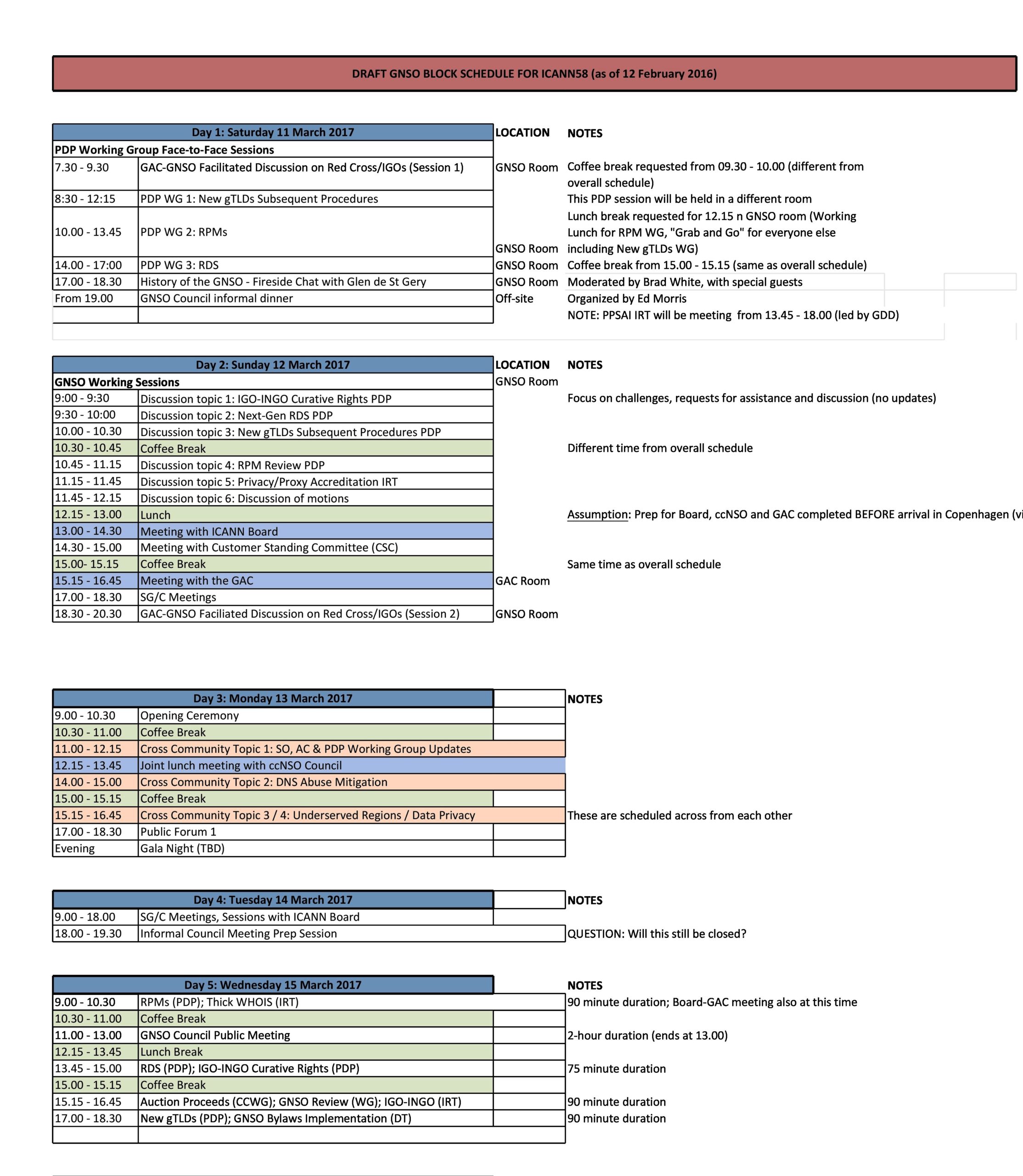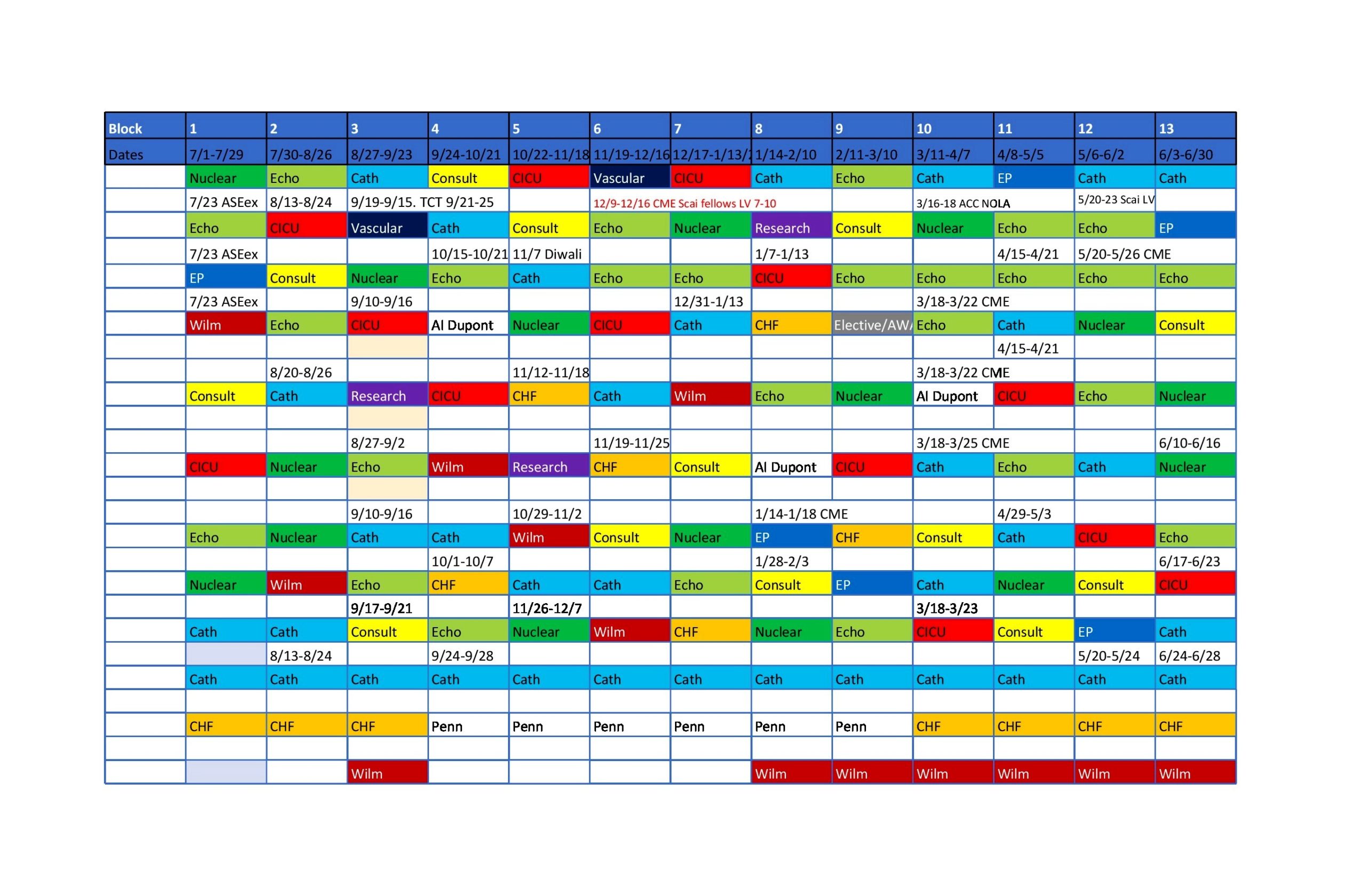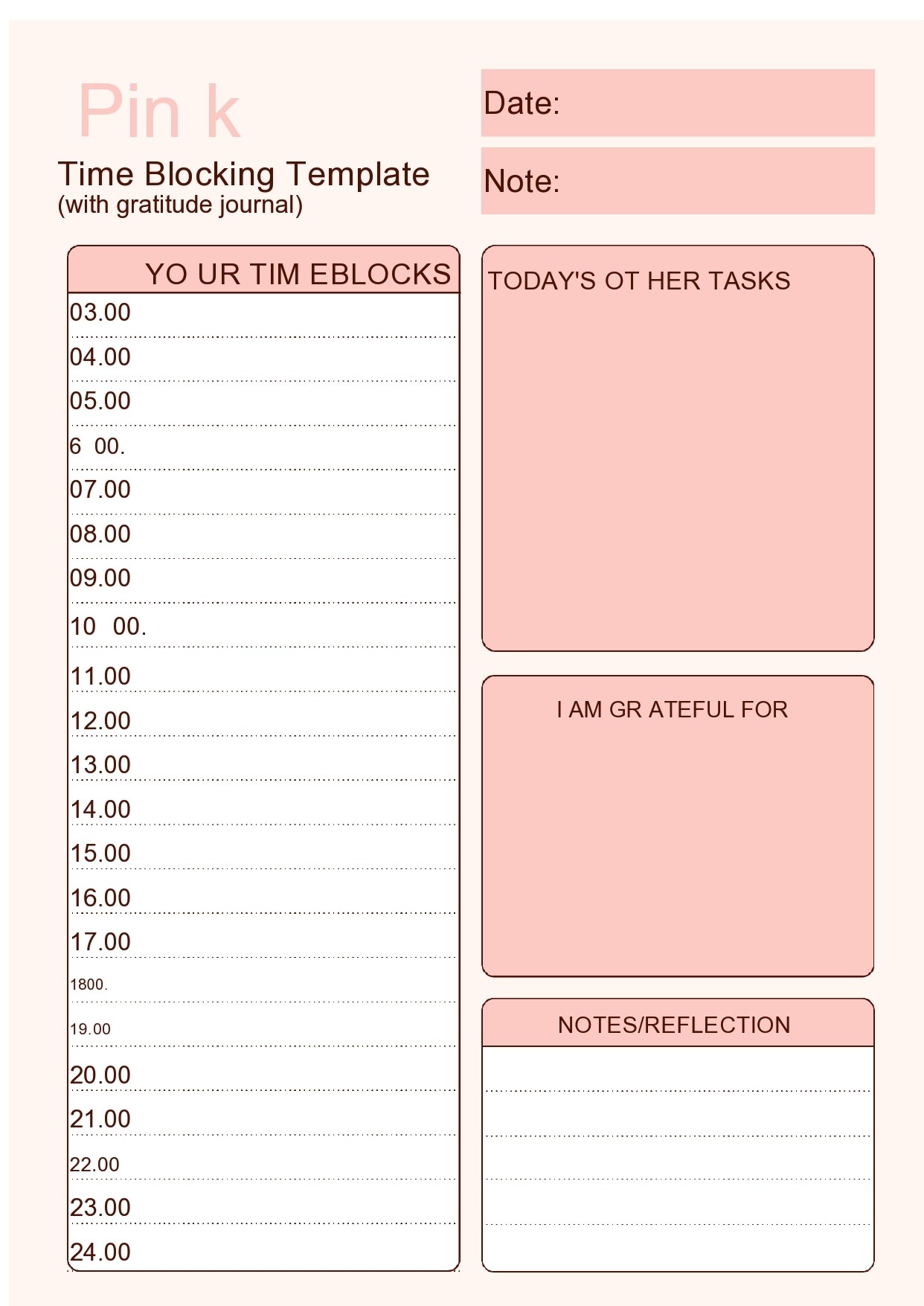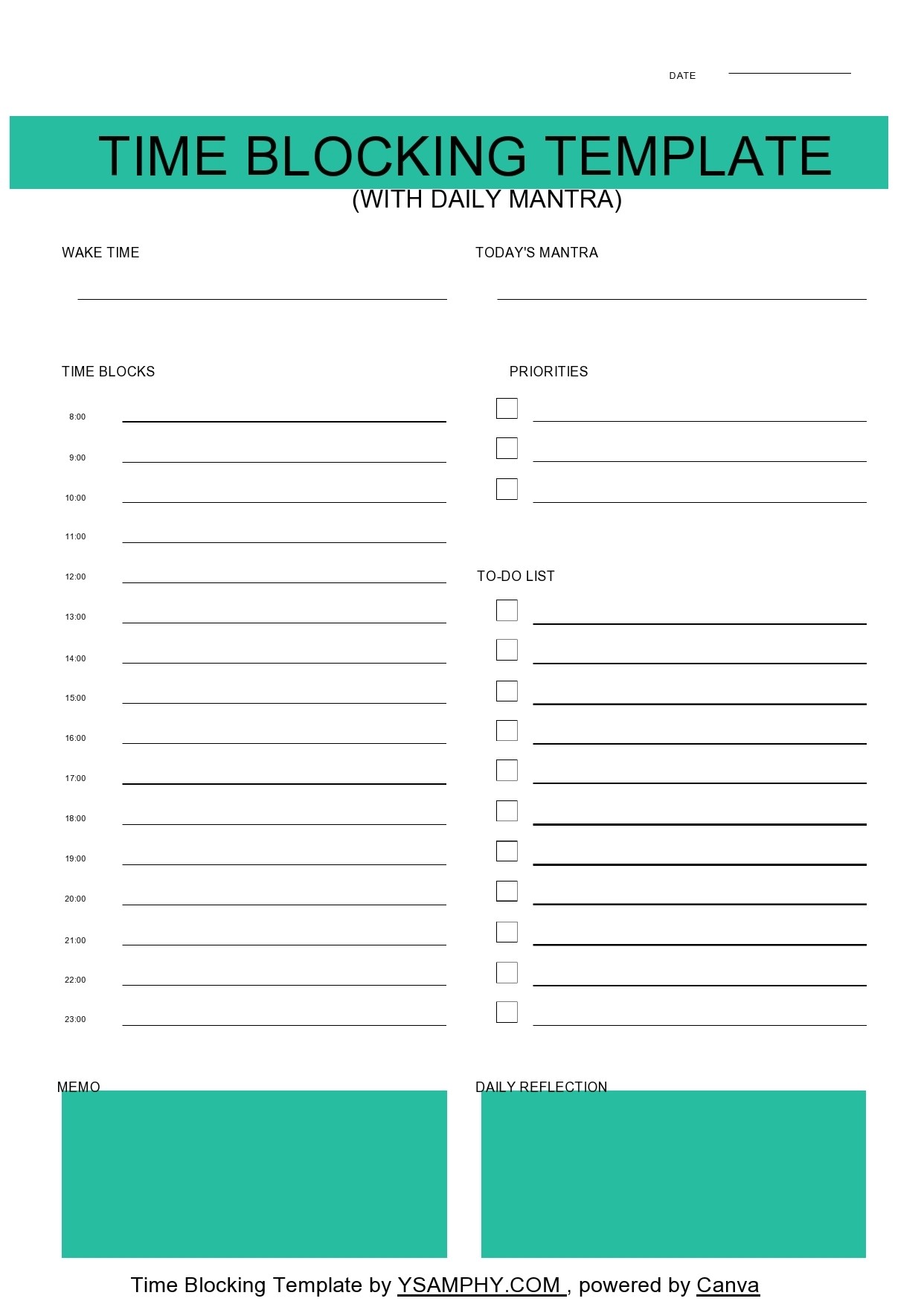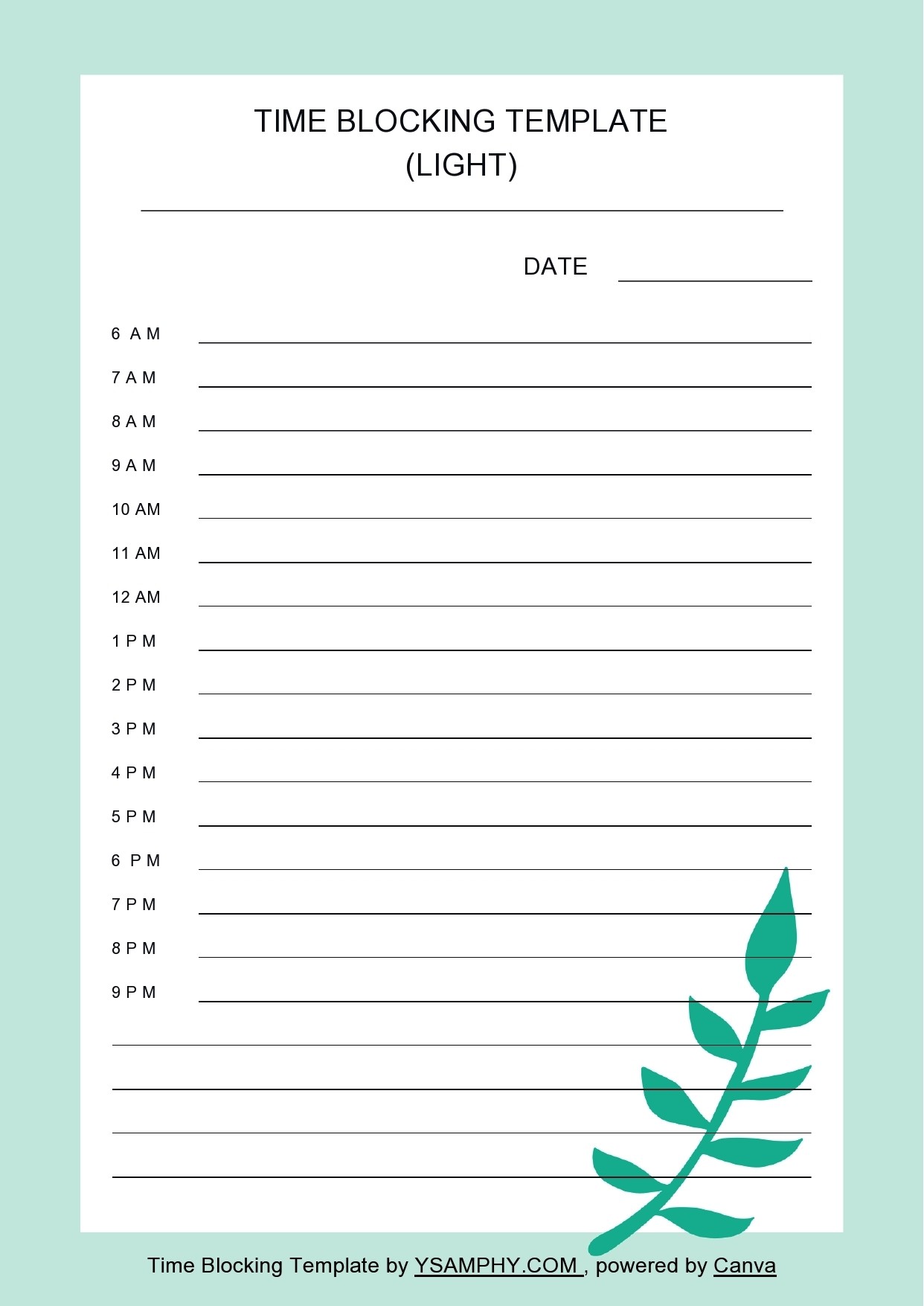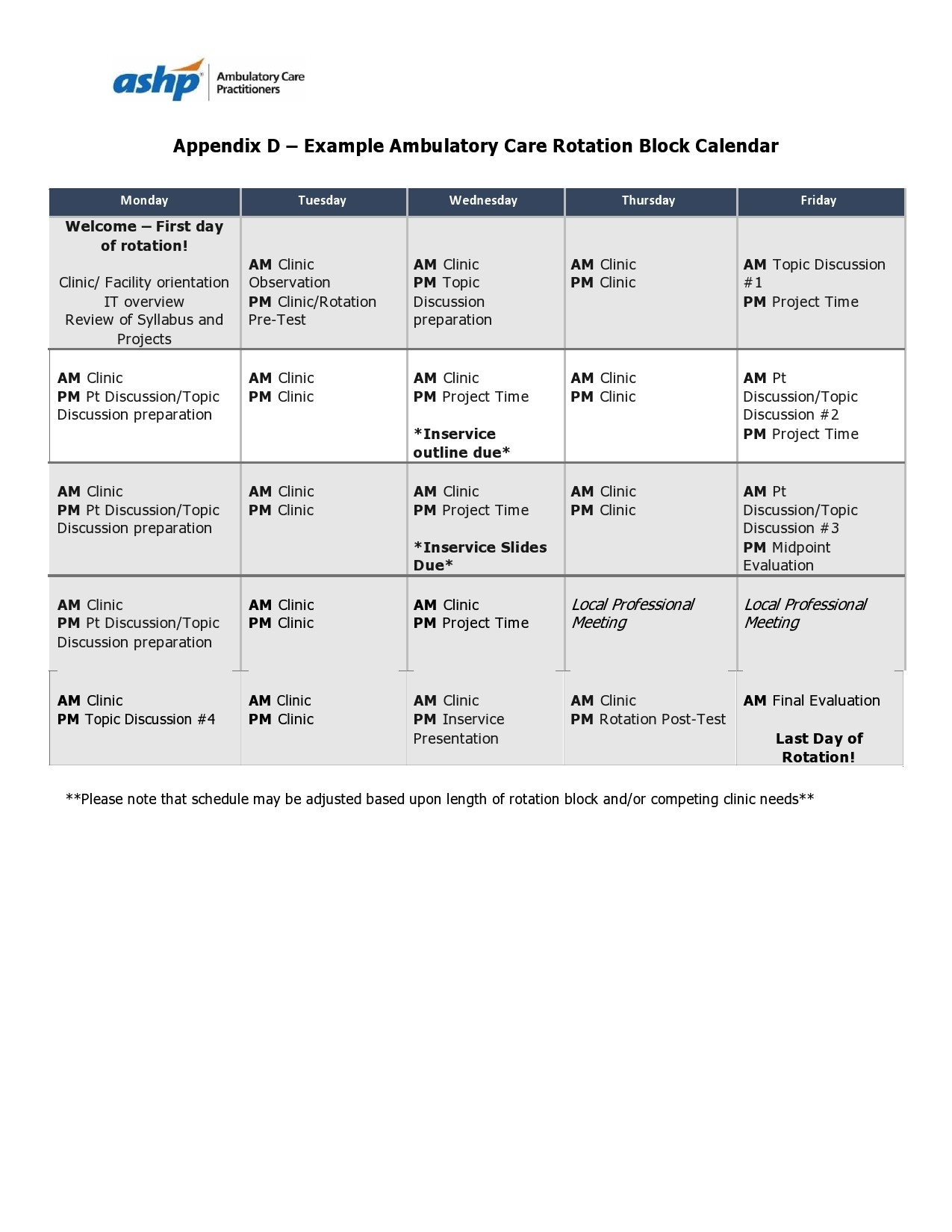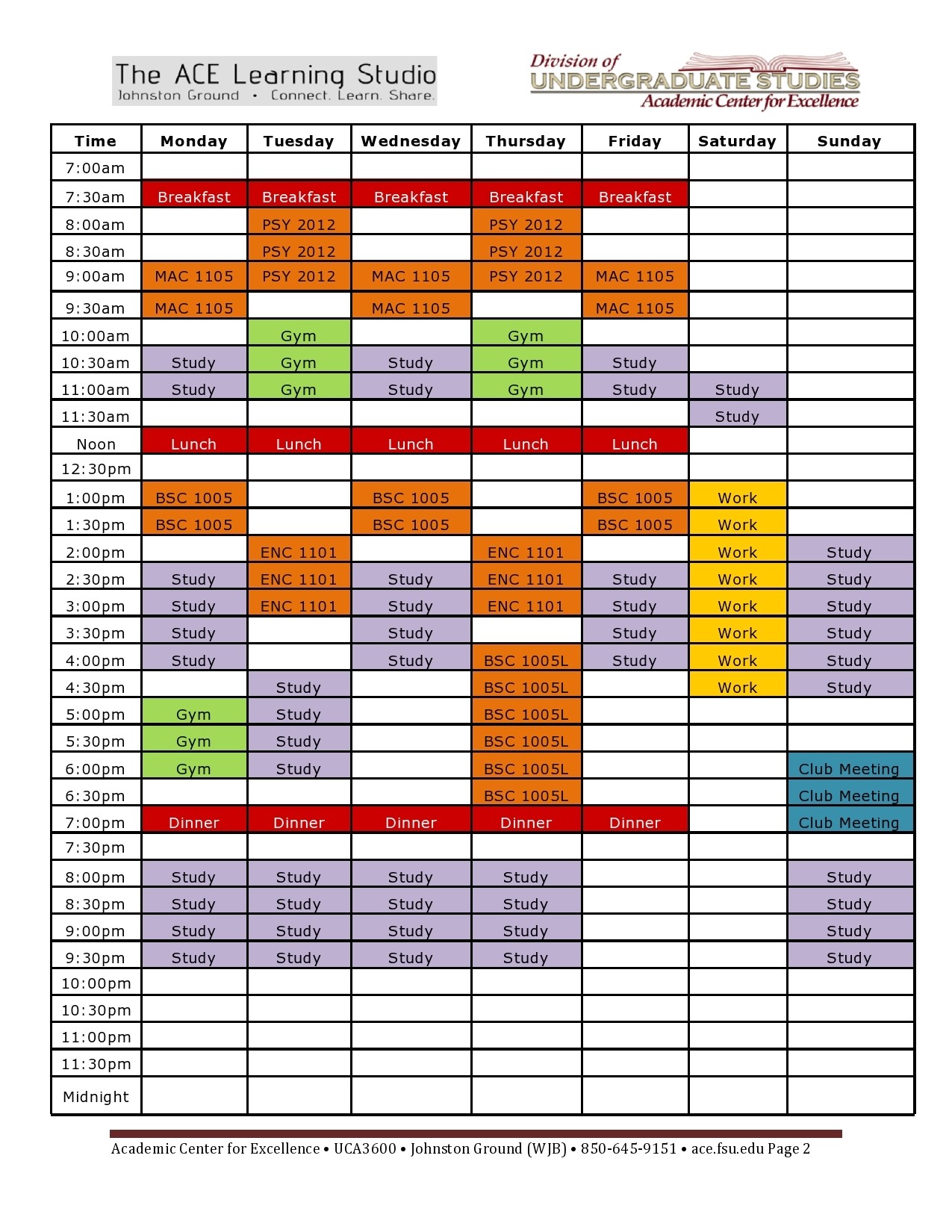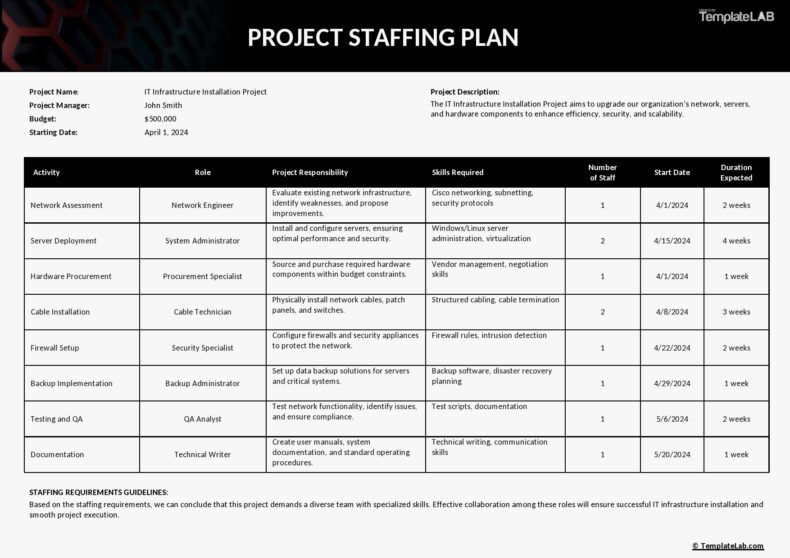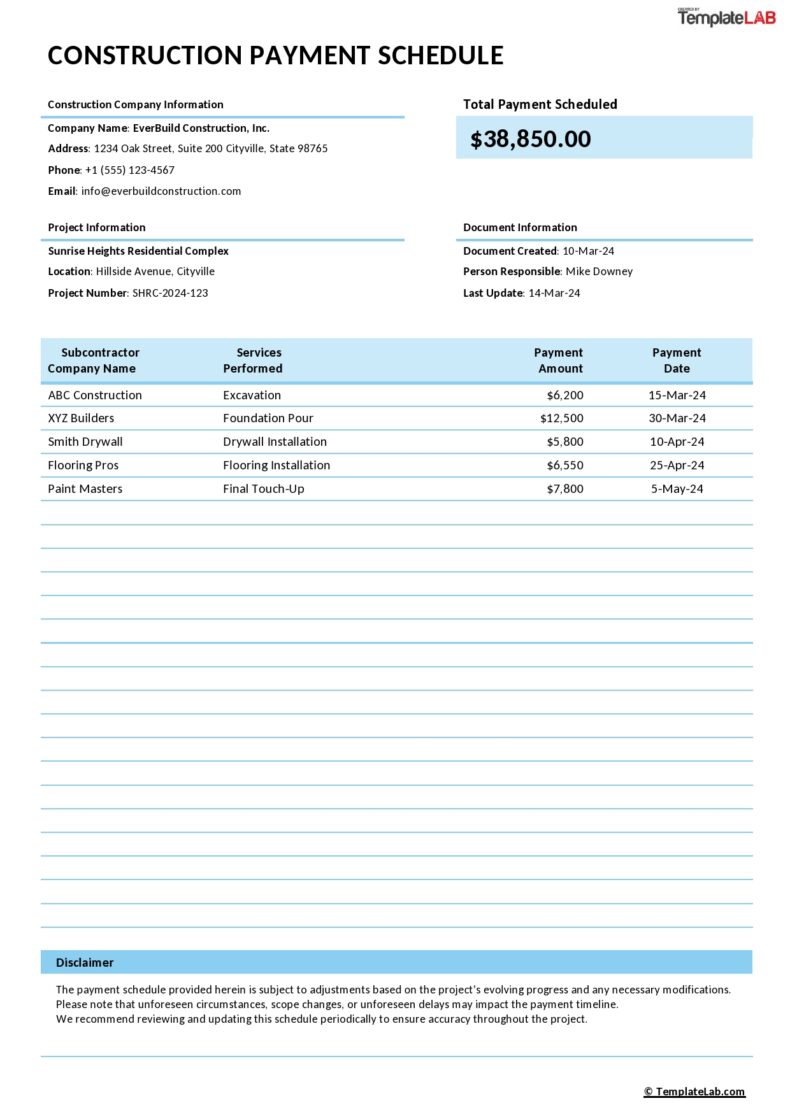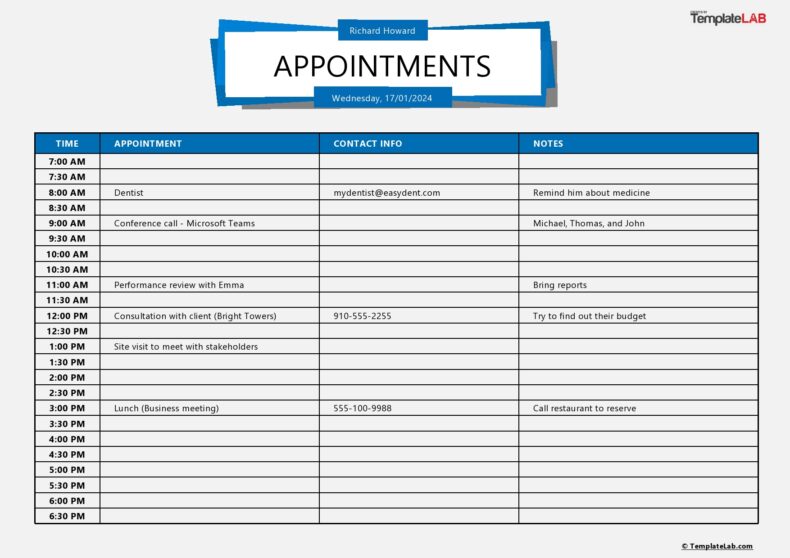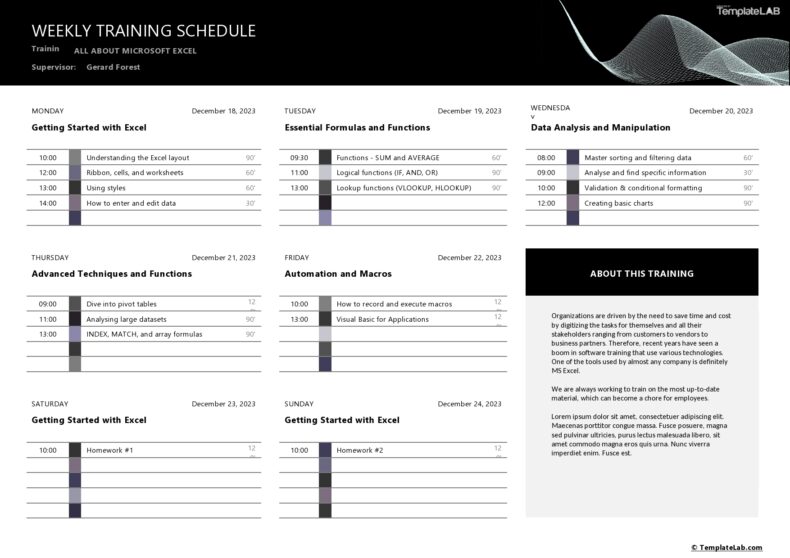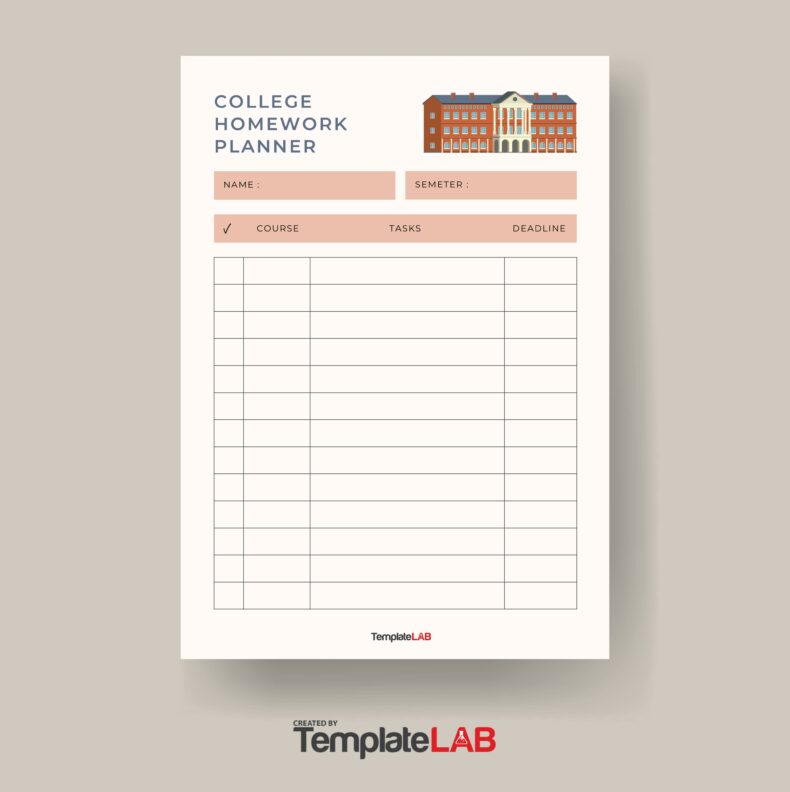If you can manage your time wisely, you will find out that you can accomplish more and you might even have spare time left for other things. These days, even small changes in managing your time can have a large impact on productivity. To be more efficient in time management, you can make use of a time blocking template.
Table of Contents
Time Blocking Templates
What is time blocking
The use of a time blocking template is a technique for time management that helps you prioritize, organize, and schedule your activities and tasks using blocks. With the template, you can make plans for an entire day, a week, or even a month using this technique.
The blocks in the block schedule template put into practice the idea of time limits and are very flexible when it comes to deadlines. This means that you can always make adjustments to your tasks as needed. Using a time chunking template is a common habit by the greatest thinkers.
Block Schedule Templates
Is time blocking effective?
The answer to the question is a resounding yes and here are the reasons why using a time blocking template is so effective:
- You learn how to prioritize things
When you organize your tasks using a time blocking planner, you will always start with the most important ones. You would devote most of your attention and time to these activities. You will also learn to allocate and estimate time in advance for bigger projects. - You learn how to be more realistic
Usually, if you’re a beginner in using a block schedule planner, you will find it easier to improve your work potential by using this tool. A great strategy for wise planners is to divide your tasks into small steps, add more time for a task than you think you need, and save time for breaks. - You exercise your brain
Our minds, though they never rest, need time to focus on accomplishing a task. To be more productive and to concentrate better, your grey cells need time to tune-up. Half an hour is enough.
Time blocking uses effective time management techniques for this purpose. Moreover, it also reduces the risk of distractions by informing you that it’s time to work now. The brain thinks for itself and it will know that in certain periods of time, it needs a break, after which, it becomes more focused on doing your tasks.
Time Blocking Planners
Types of time blocking templates
Planning your day can be a challenge because despite how much you try to make the most of your time, there will always be issues that will arise before you get everything right. But with a time blocking template, you can pinpoint your goals and pursue them.
A block schedule template also gives you spare time for your priorities so you don’t waste your time on trivial tasks. Here are the most common time blocking planner templates you may consider using:
- Daily Planners
These are the most common types of block schedule planner where you have each of your days divided into separate time blocks that you fill with tasks. Making decisions about your priorities is very important as this helps you identify what to block first. Some examples of daily planner templates are:
15-Minute Planner
This daily planner has 15-minute intervals. It’s ideal if you have a hectic schedule and you’re busy from the time you arrive at work to the time you leave. This is also the perfect time template when performing a large number of small tasks throughout the day.
30-Minute Planner
This daily planner has 30-minute intervals. It’s ideal if you find the 15-minute planner too detailed. You can use it to focus more on a larger number of small tasks.
24-Hour Planner
This daily planner has 1-hour intervals. Usually, the 1st half of the day is for standard working hours while the 2nd half of the day makes this template suitable for freelancers who work at night. - Weekly Planners
This time management template is ideal if you want to look at the bigger picture when planning your time. This time, you break the time blocks down into the days of the week.
It is important to consider your priorities to help you choose what you want to block first. Like the daily templates, these also have to-do lists and a part for adding comments and notes.
5-Day Planner
This template has a 5-day work week, with each day split into 1-hour intervals. This is ideal for regular employees and freelancers who need to block time for work and with weekends off.
7-Day Planner
This template has a 7-day work week, with each day split into 1-hour intervals. It’s ideal for regular employees and freelancers who need to block time for work then do their errands during the weekends.
Biweekly Planner
This template has a two-week time period, split across 14 separate days. It’s suitable for those working on small projects and need to block time over a longer period of time. This ensures that they will have enough time for all the tasks they need to accomplish. - Monthly Planners
This planner is perfect for large projects you want to schedule and monitor. The time blocks span across one or many months. It helps give you a broad perspective on what you need to schedule a time for. Templates of this type are also effective when you need to manage a bigger workload while making or implementing plans for your professional and career development.
You can even include a to-do list where you set your priorities. Moreover, since these templates cover longer time periods, you can also write down your goals. This helps you feel motivated and inspired to stick with your time blocks in the long run. Some examples of these templates include:
Monthly Planner (with daily intervals)
You break this template down into 31-day time periods. This is ideal if you have a deadline for a certain project by the end of a month. It is also helpful in providing you with a clear overview of the work that you still need to complete for your project.
3-Month Planner (with daily intervals)
You break this template down into three 31-day time periods. It works well if you have a big project or you’re working hard to hone your professional skills. - Yearly Planner Template (with monthly or daily intervals)
You break this template down into a time period of 12 months divided into 31, 30, and 29 days corresponding to the number of days in each month. This is a very long template, which takes a lot of time to think about when you’re completing it. This is also ideal if you know how to plan long-term tasks.
Block Schedule Planners
How do I make a block schedule?
The use of a time blocking template can be a powerful strategy for time management, especially when you consider it as a framework for thinking about your day instead of a set of laws that you can break. Here are some simple steps to follow as a guide when creating your time chunking template:
- Start with high-level priorities
First, you should ask yourself why you need to use a block calendar template. Knowing your reason gives you a better idea of your high-level goals and priorities, which will be your foundation in creating your block calendar template and how you will block your day. - Block your tasks according to the time you need
After setting your priorities, it is time to create your “time blocks.” But rather than diving right into your workday, you should start with the tasks outside your work. For instance, you can ask yourself the following questions:
What’s my morning routine?
How will I disconnect from work to make time for my personal life?
Remember that these activities are just as important as what you do at work throughout the day. - Set time for both simple and complex tasks
After you have taken care of your personal priorities, it is time to use the same approach with your work-related tasks. For most people, the appeal of this technique is in setting aside long periods of time for doing focused work. - Add blocks for all of your reactive tasks
Remember that if you become overly optimistic about your time, the concept of time blocking will never work. Aside from what you have scheduled, you will still hold responsibility for the other parts of your job including making calls, answering emails, and attending meetings.
The power of time blocking comes in when you choose when to do these tasks rather than allowing them to infiltrate each part of your day. - Create your to-do lists and fill them in
If you’re satisfied with the template you have created, describing how you’d like your day to look like, it is time to put it to the test and see if it works. Write your tasks for the day then enter them into the corresponding slots.
Now, check if you have enough slots for all of your work tasks, including the simple and complex ones. Keep in mind that this is a framework, meaning it’s not set in stone and that it will take some time to find the perfect schedule that will work for you.

